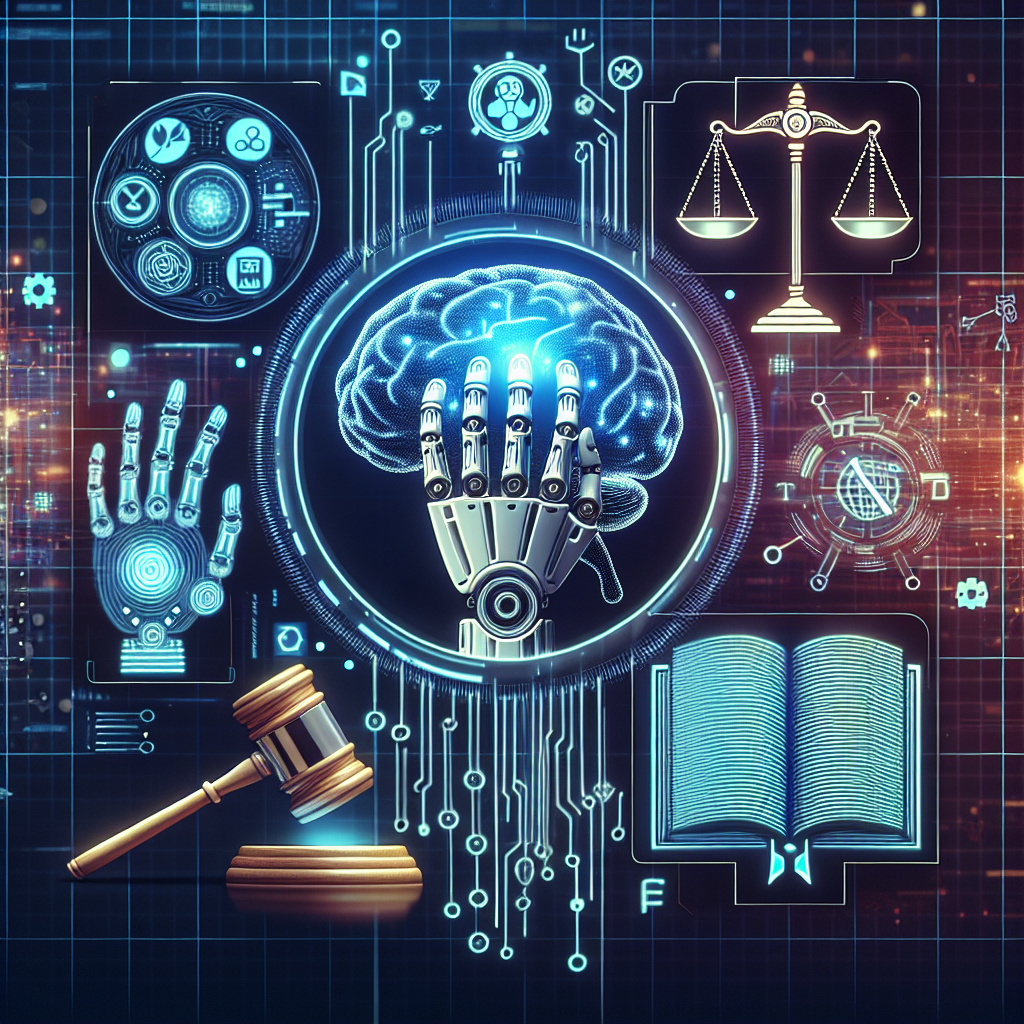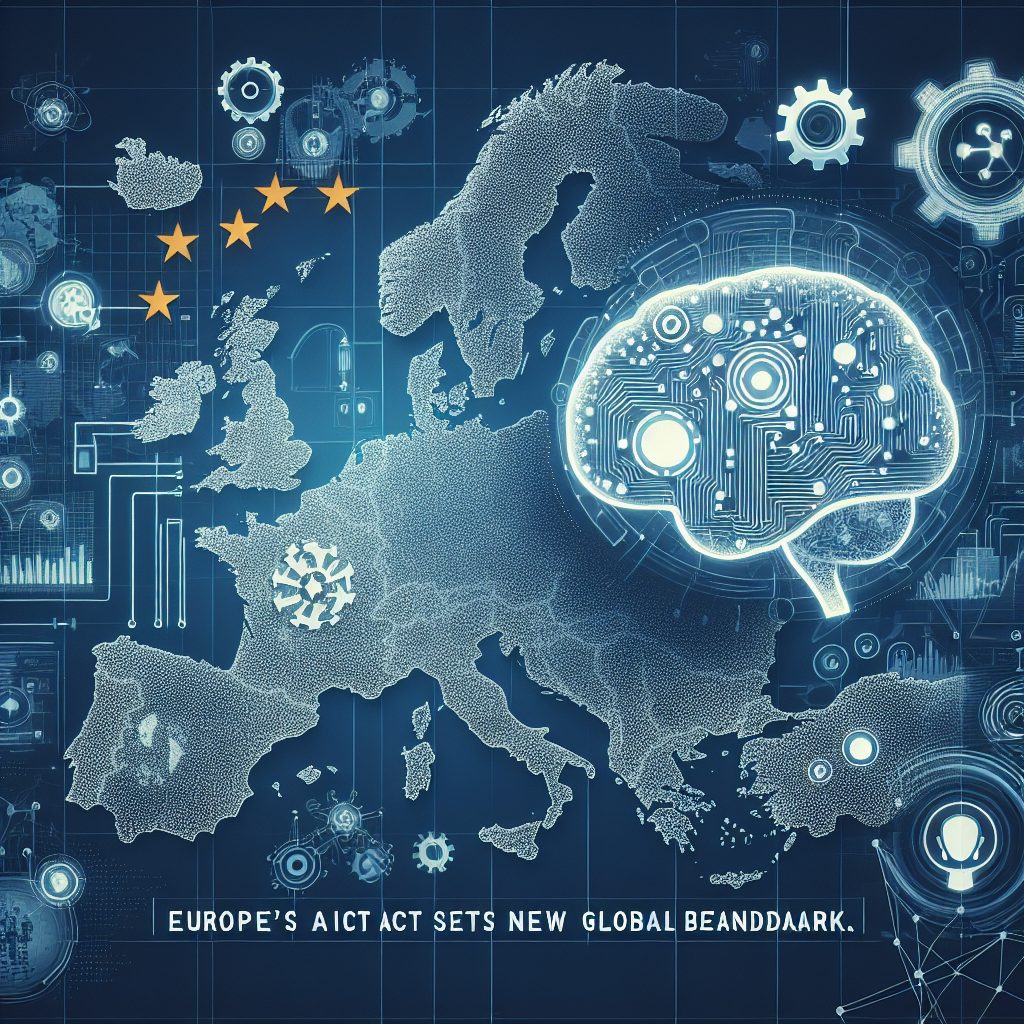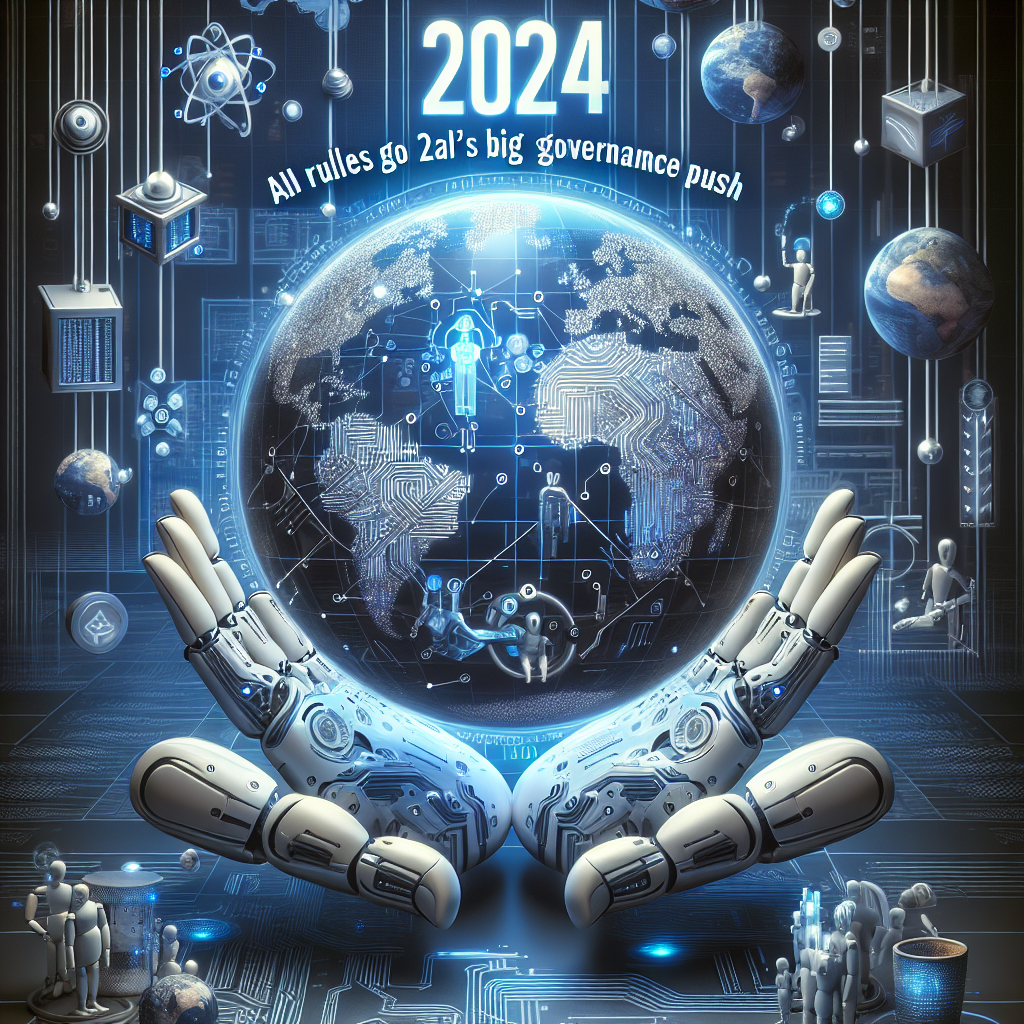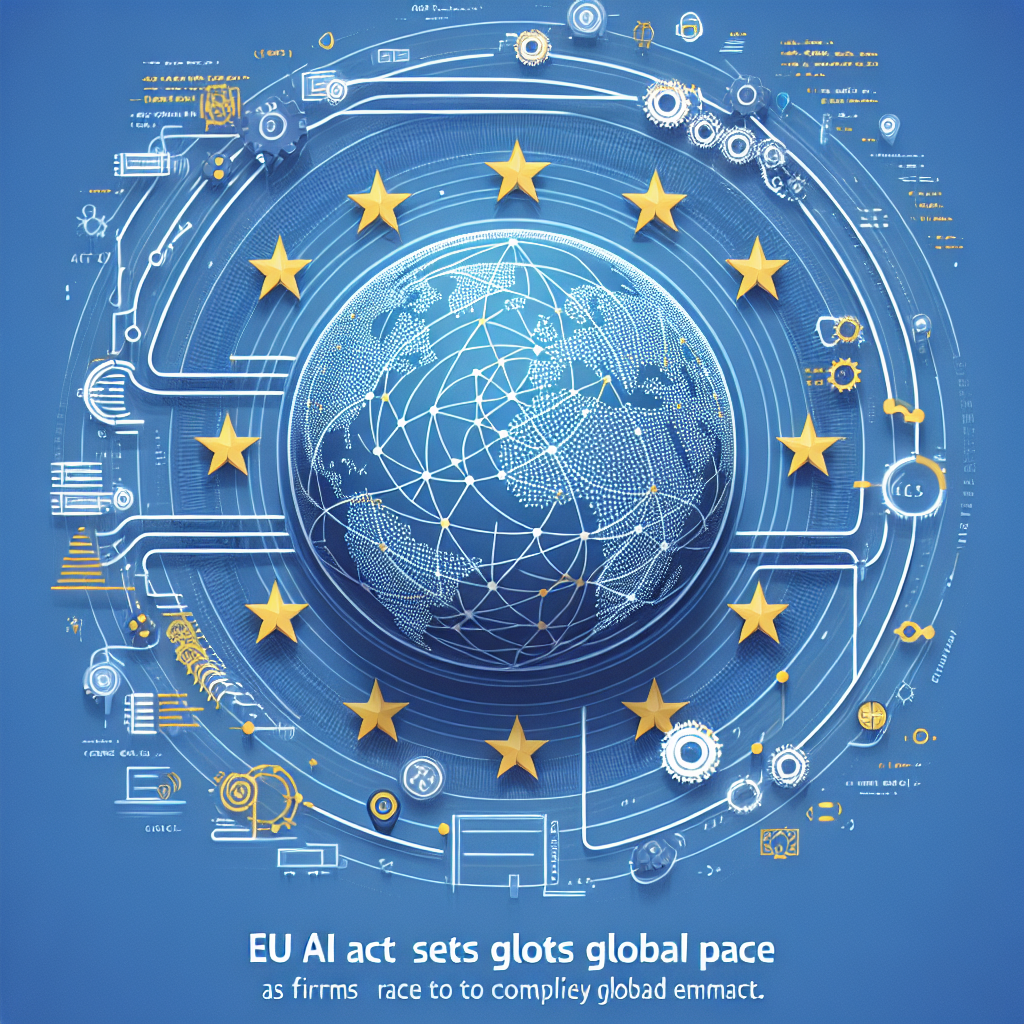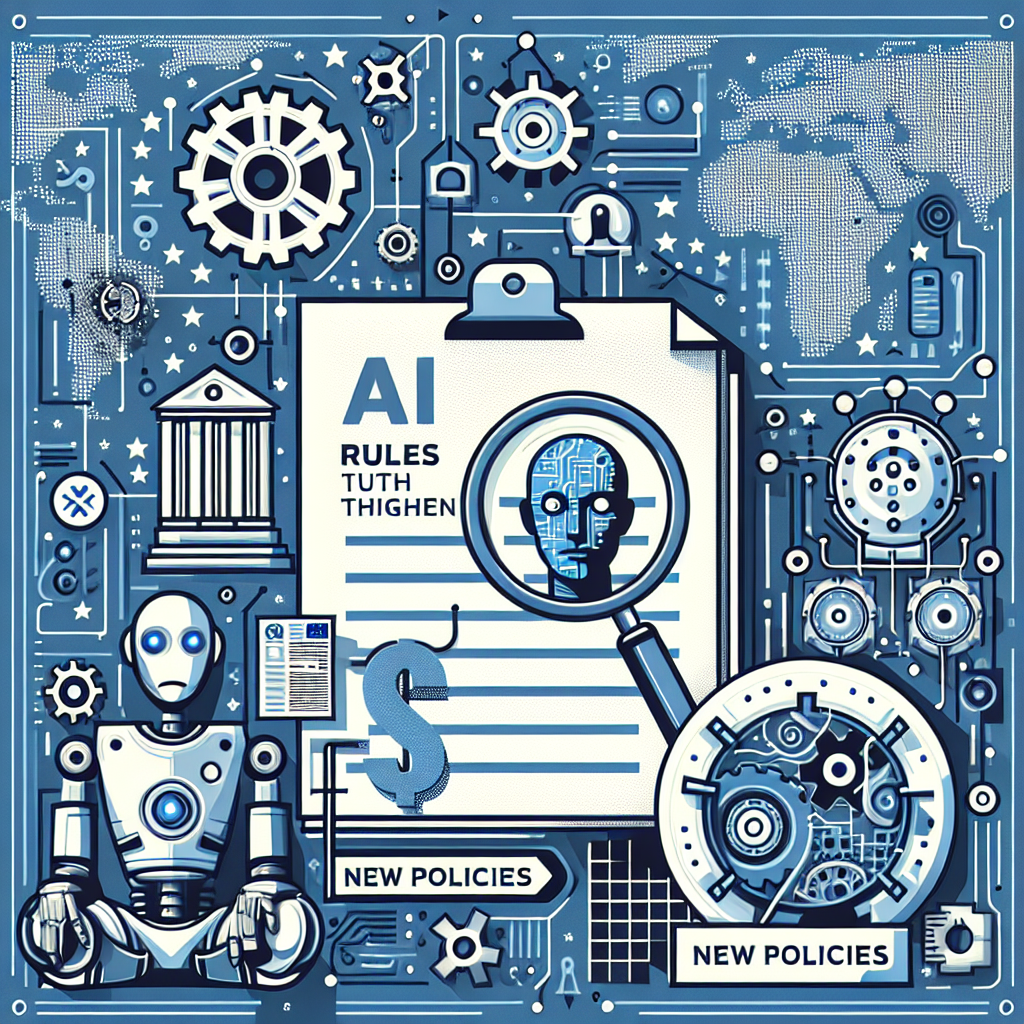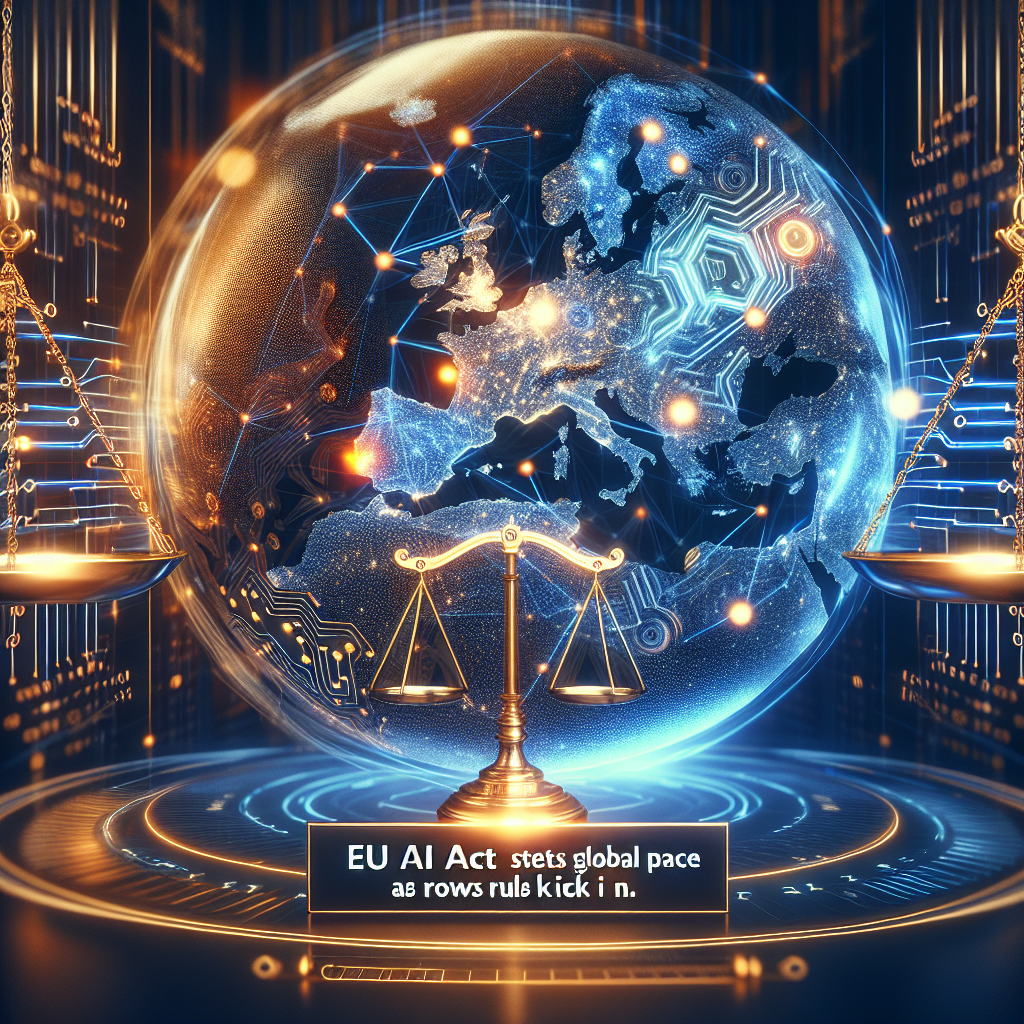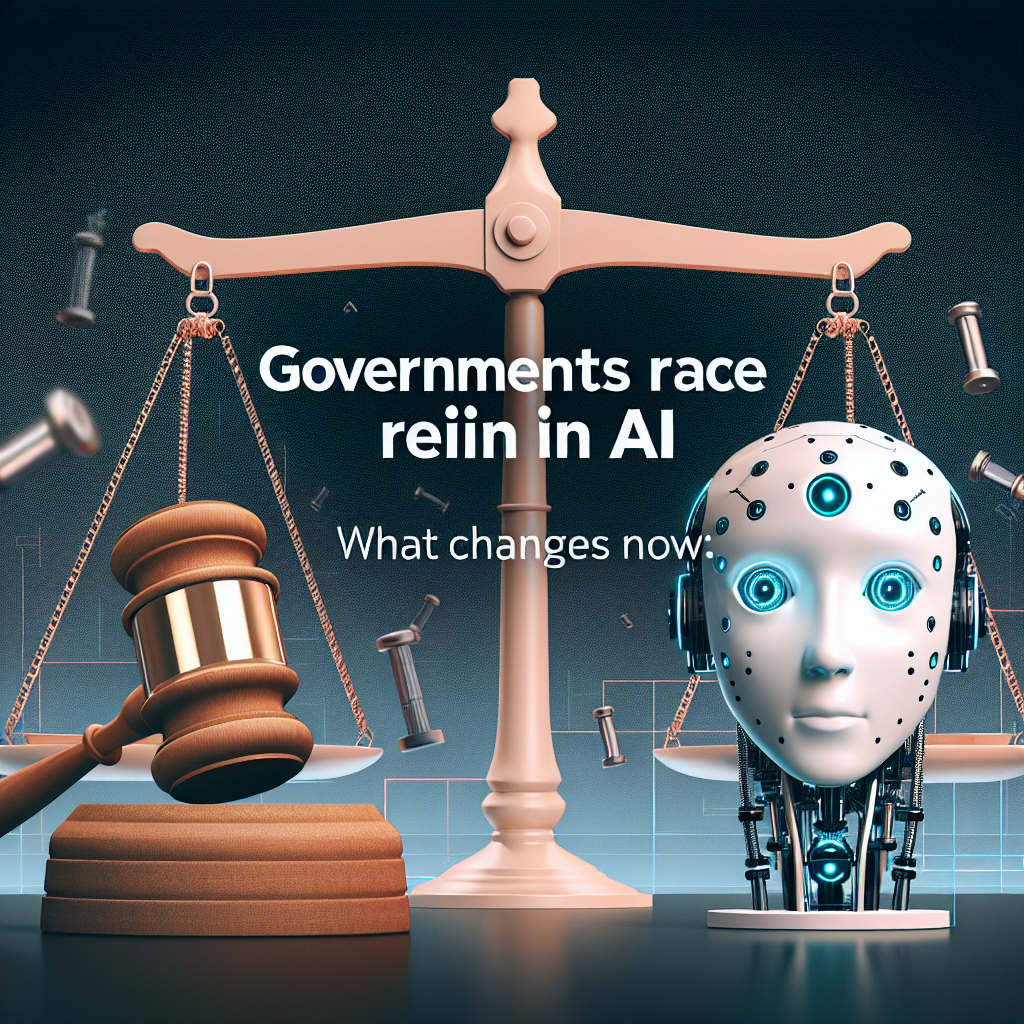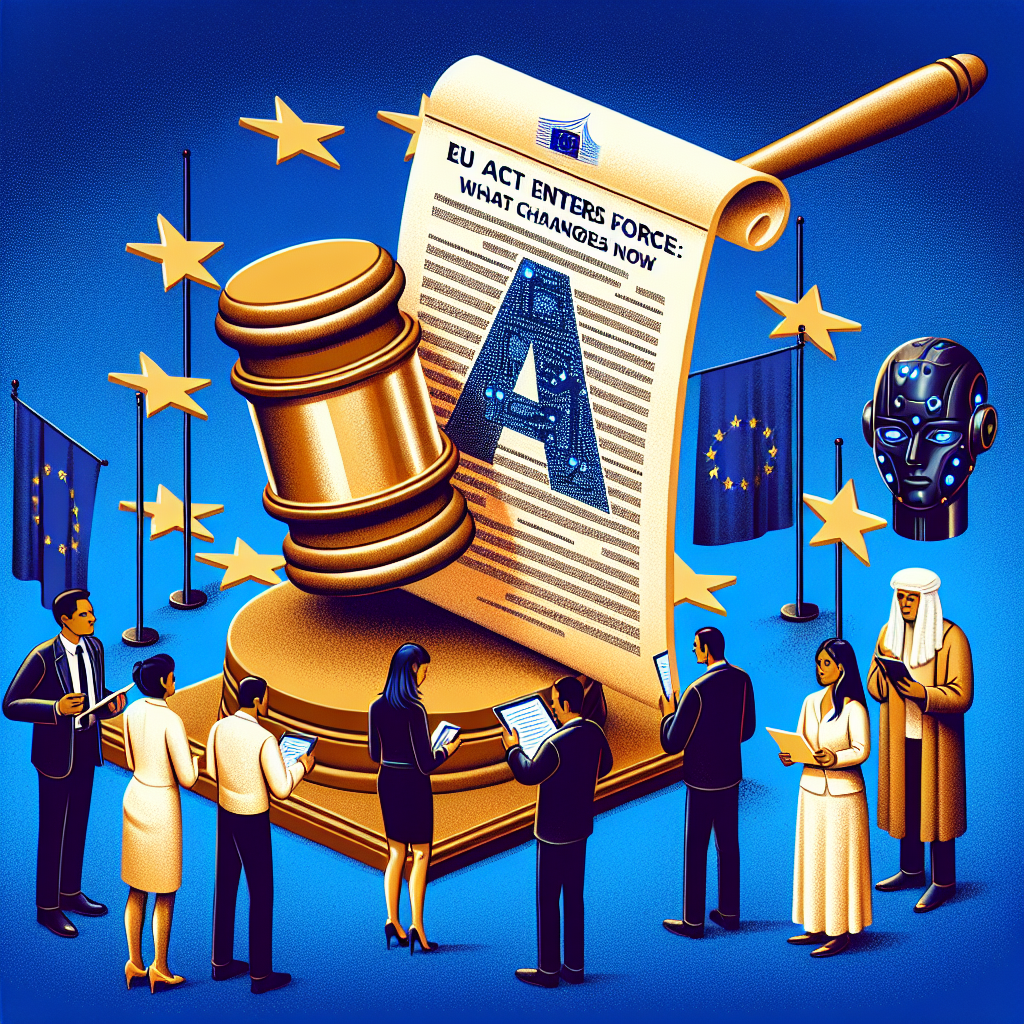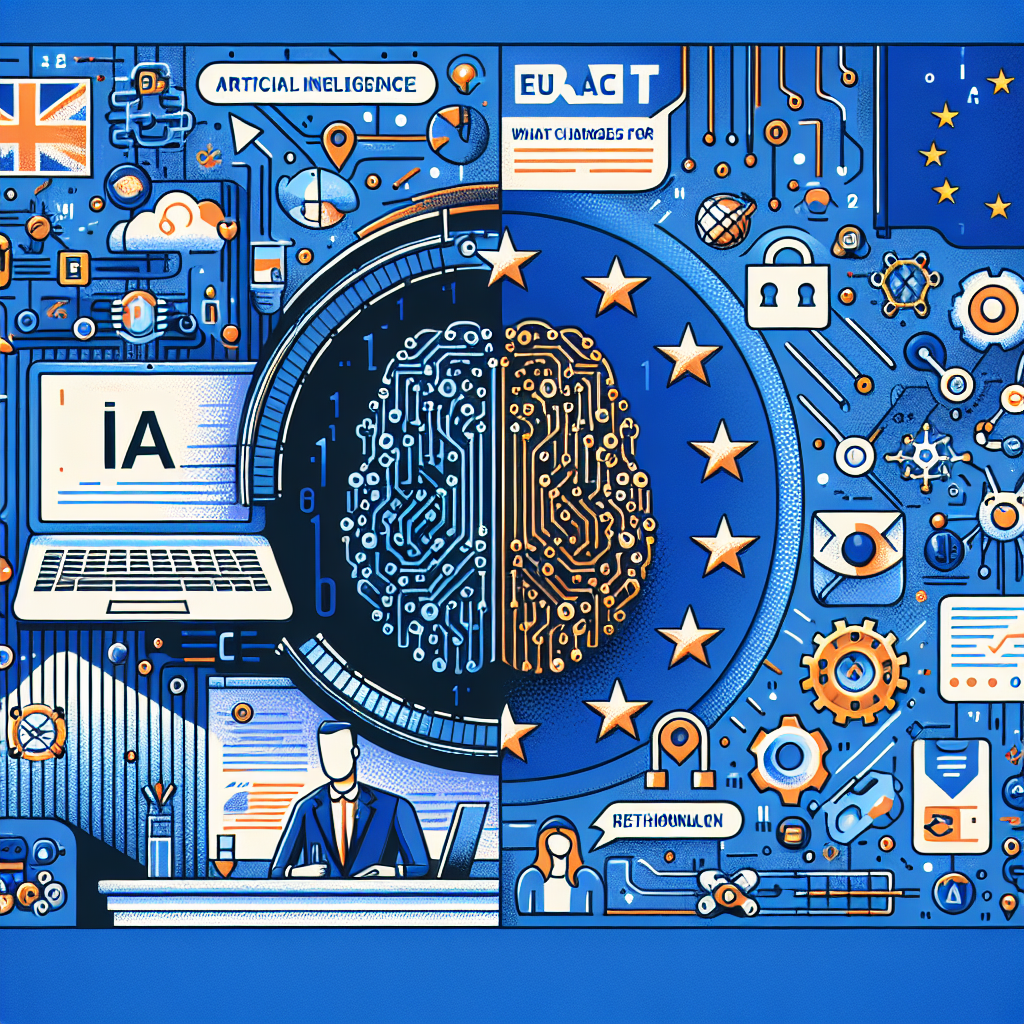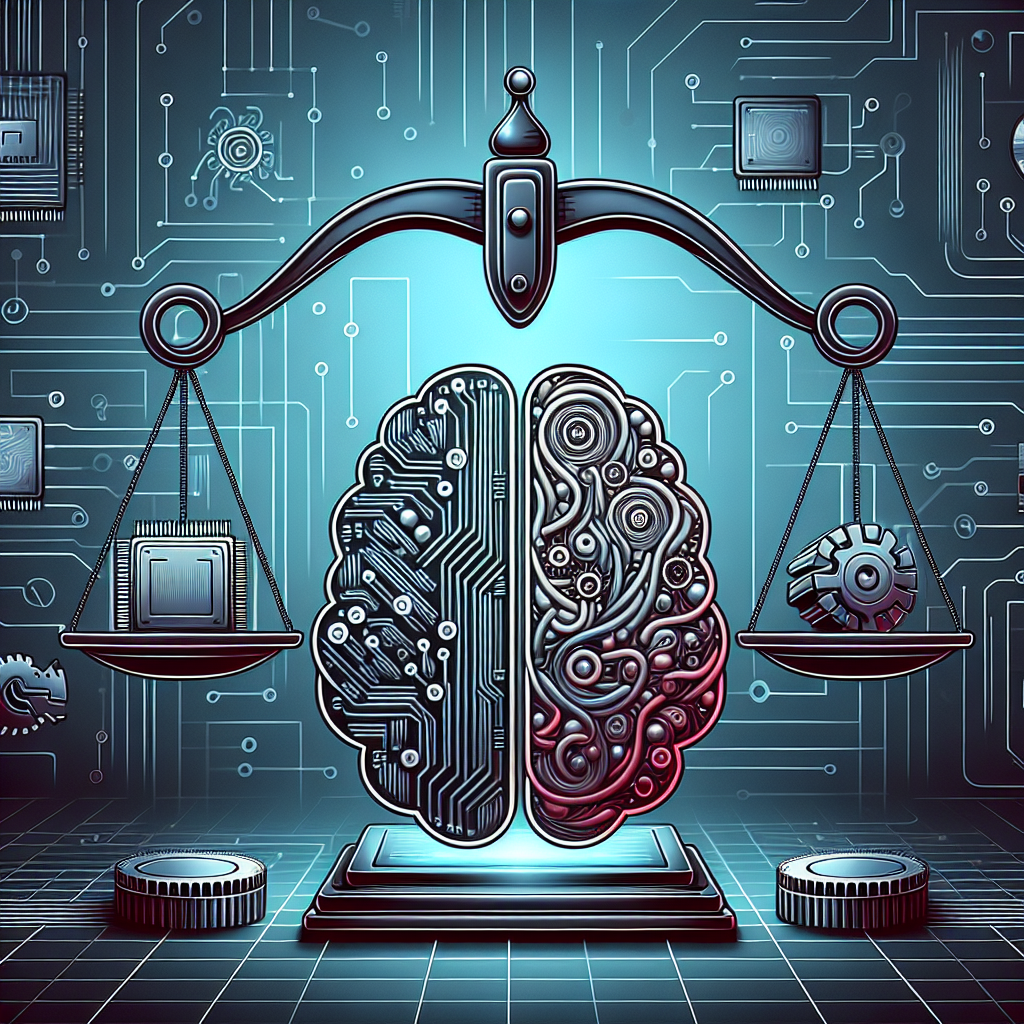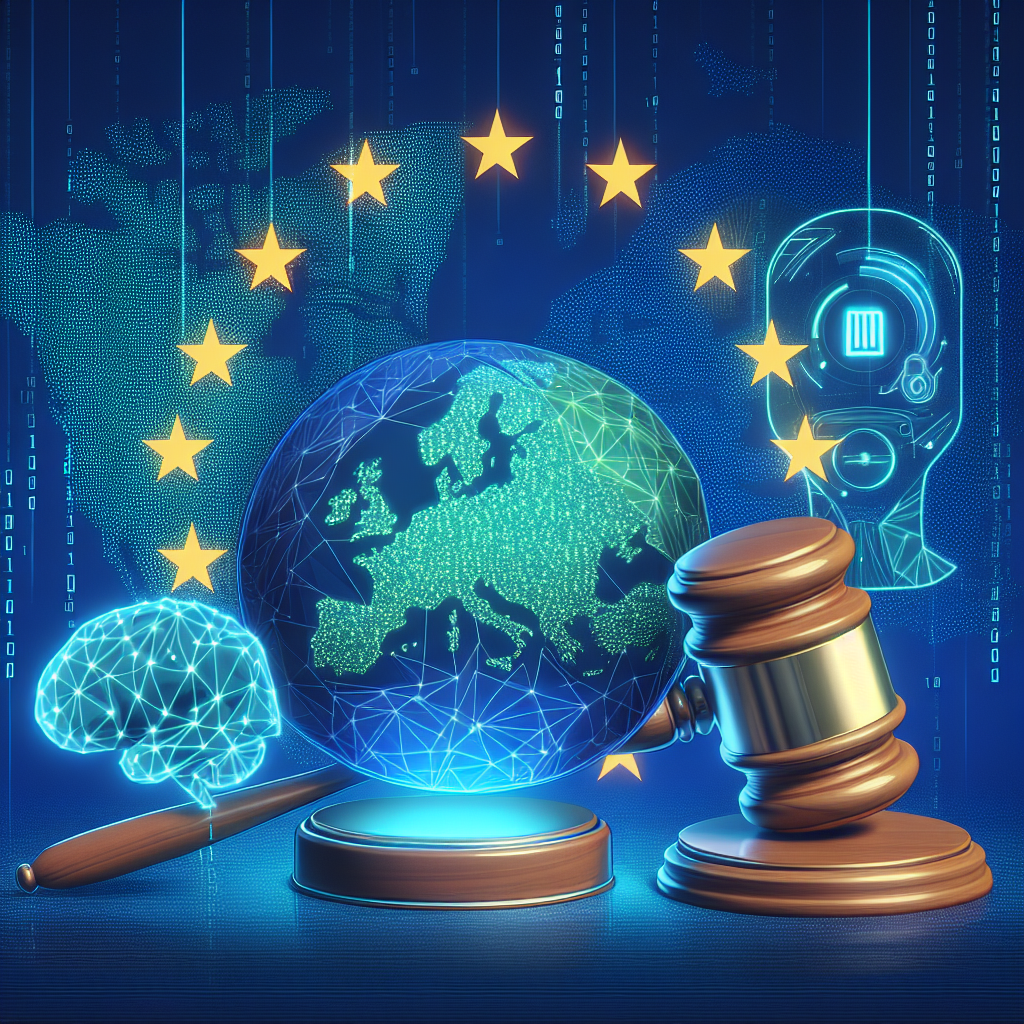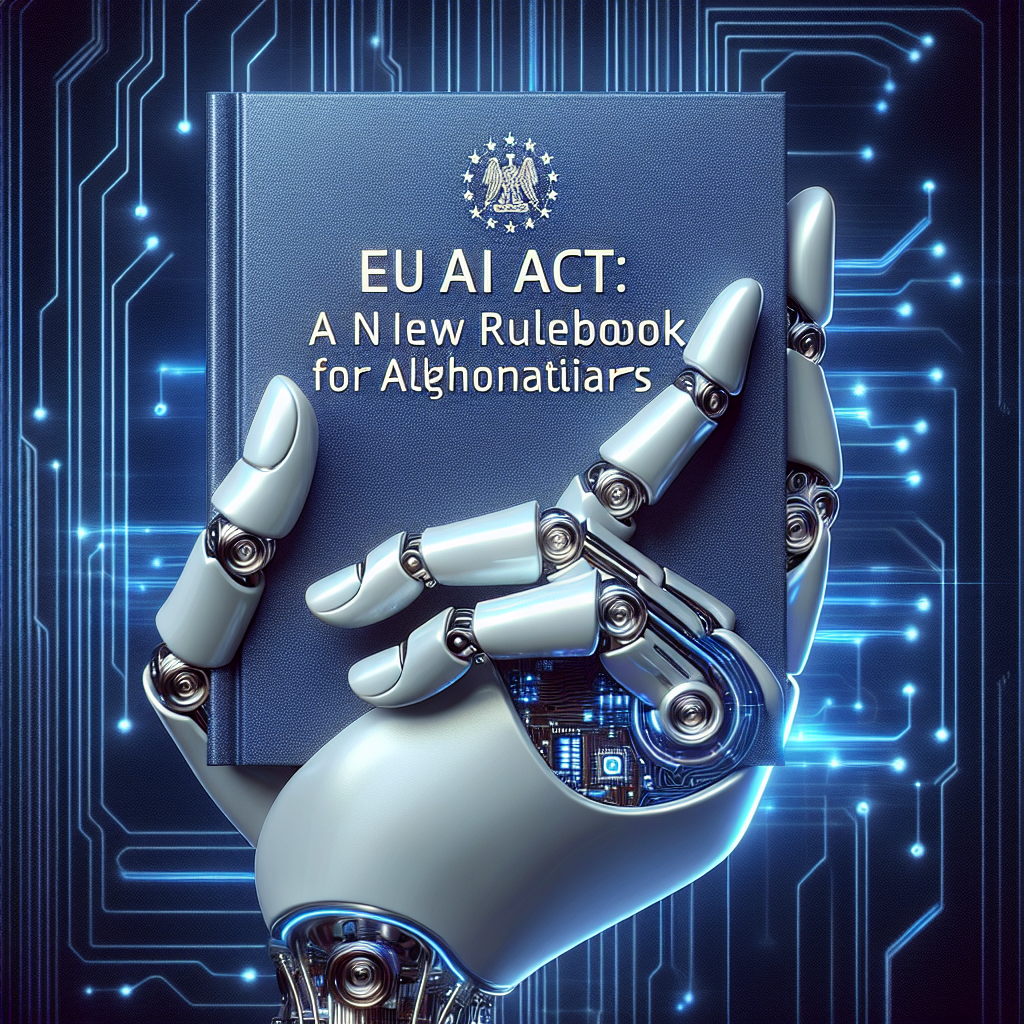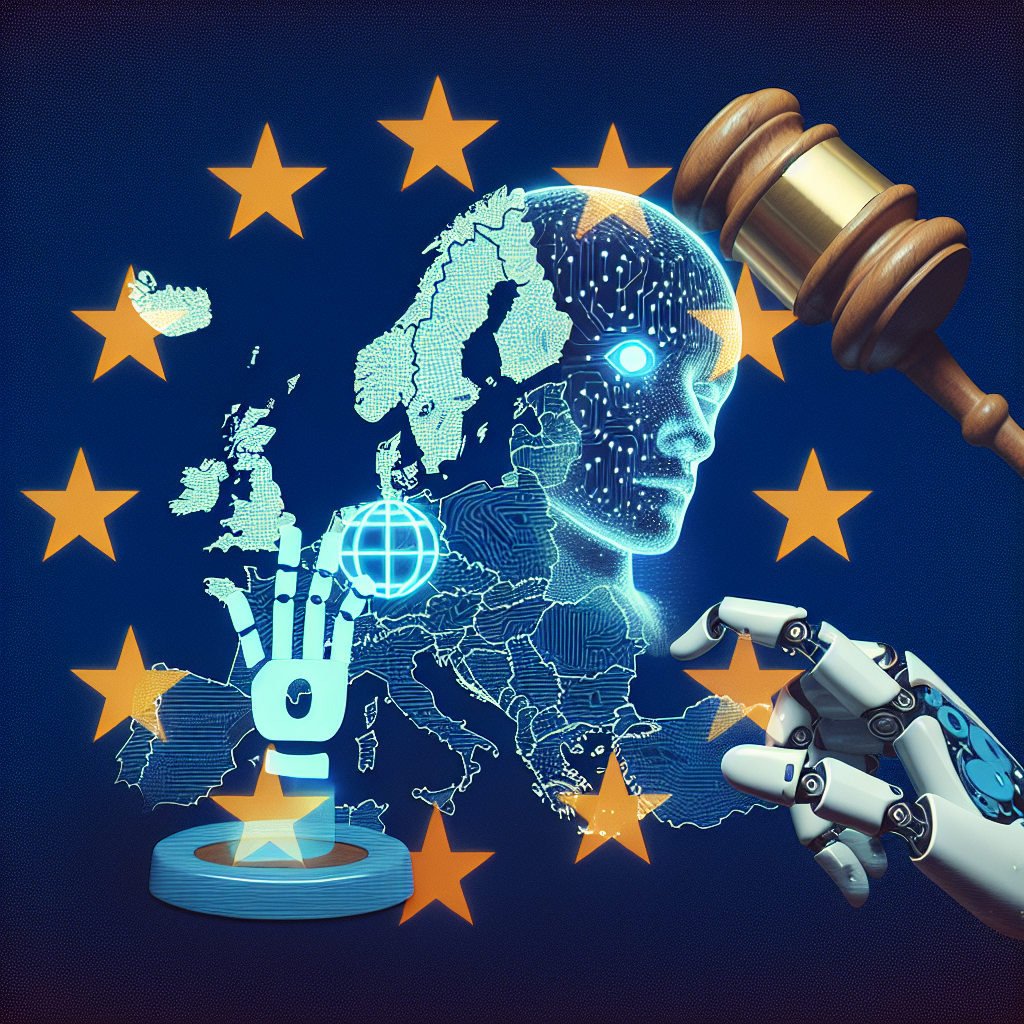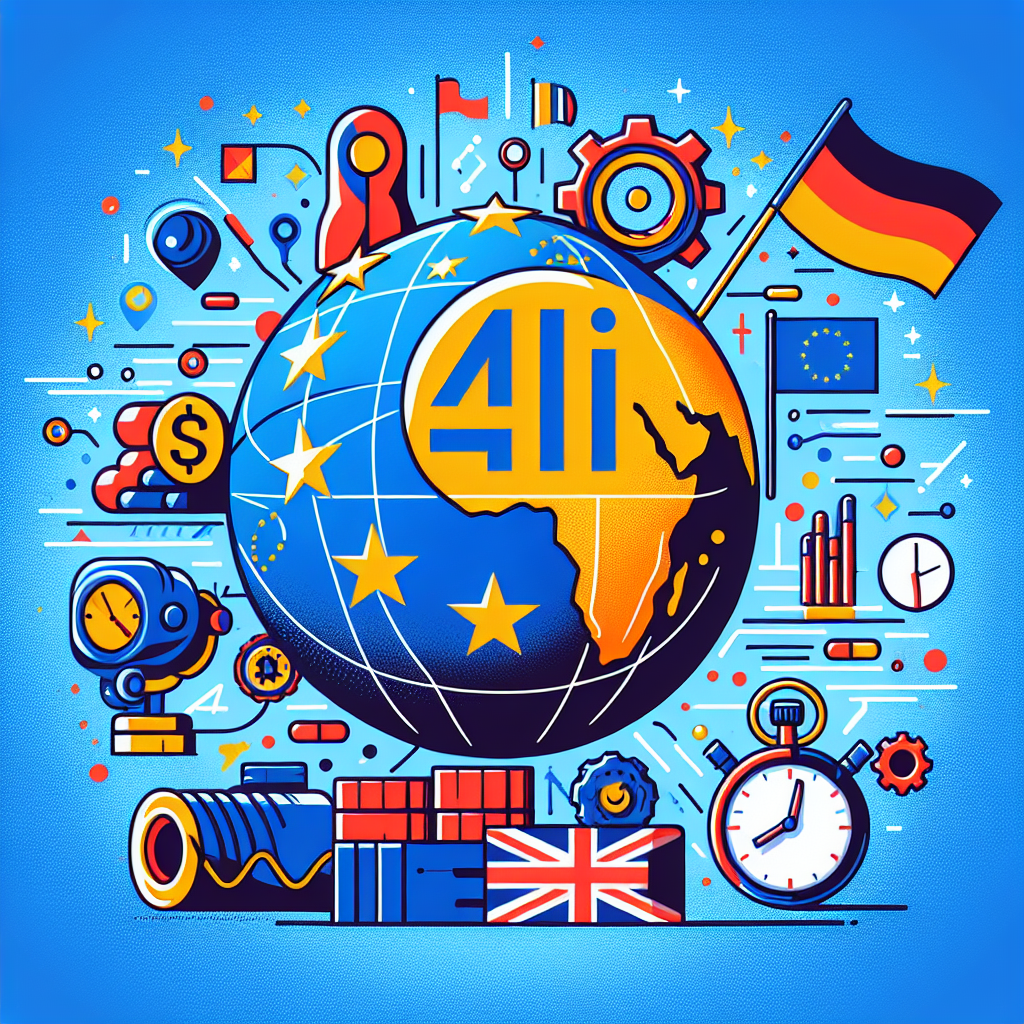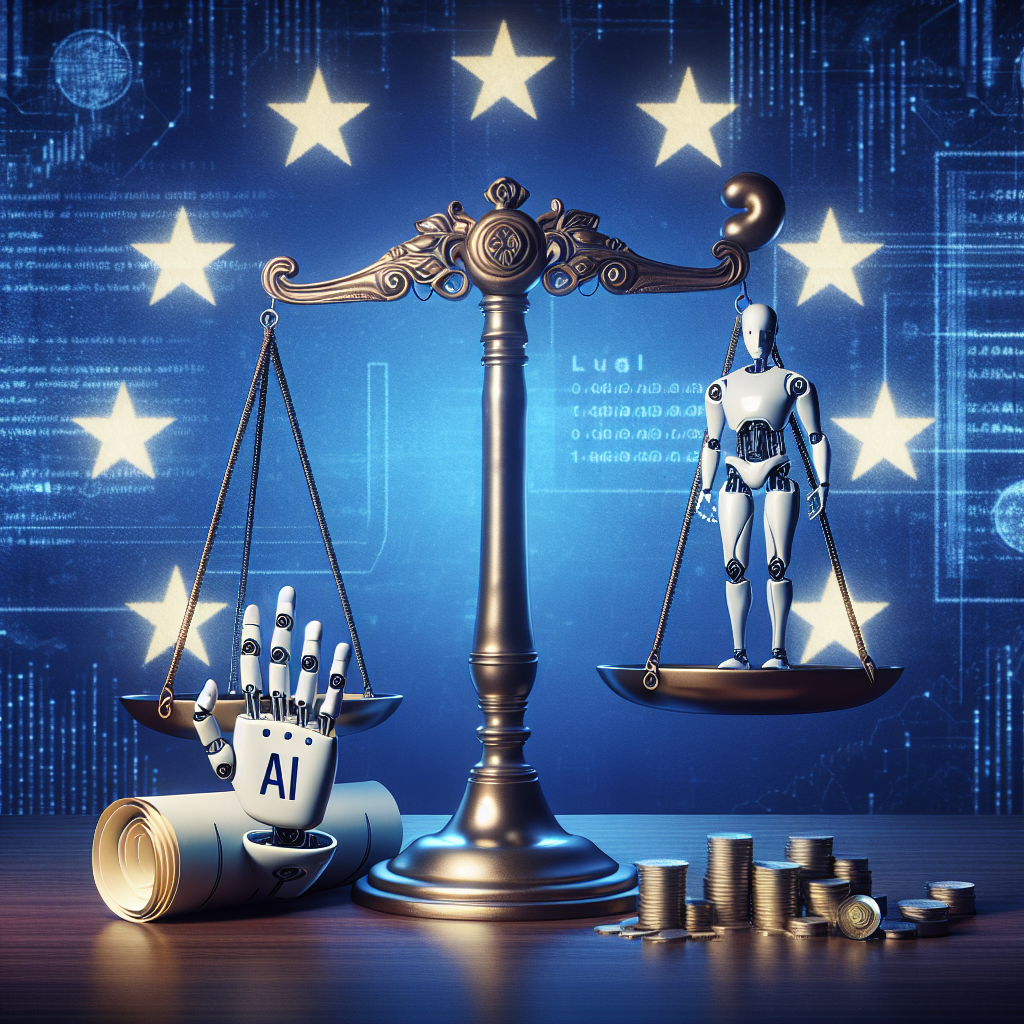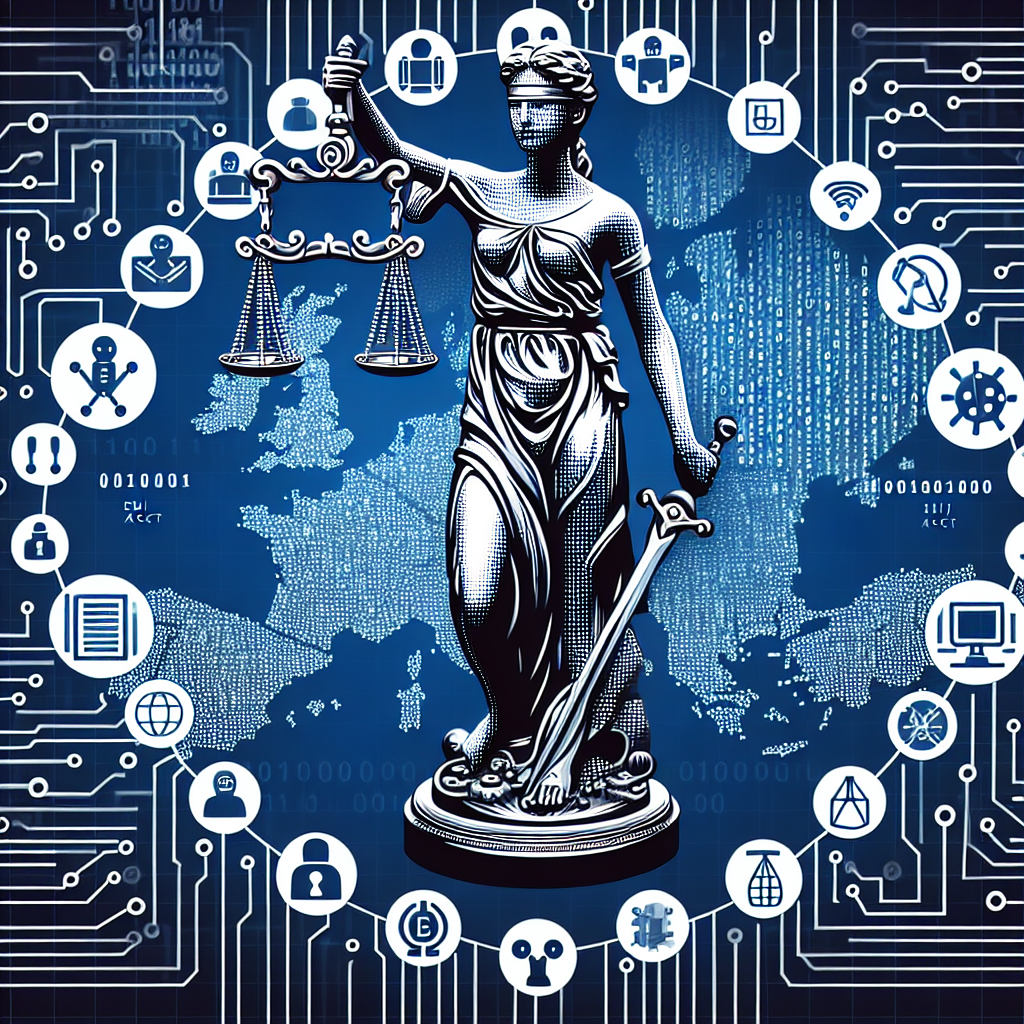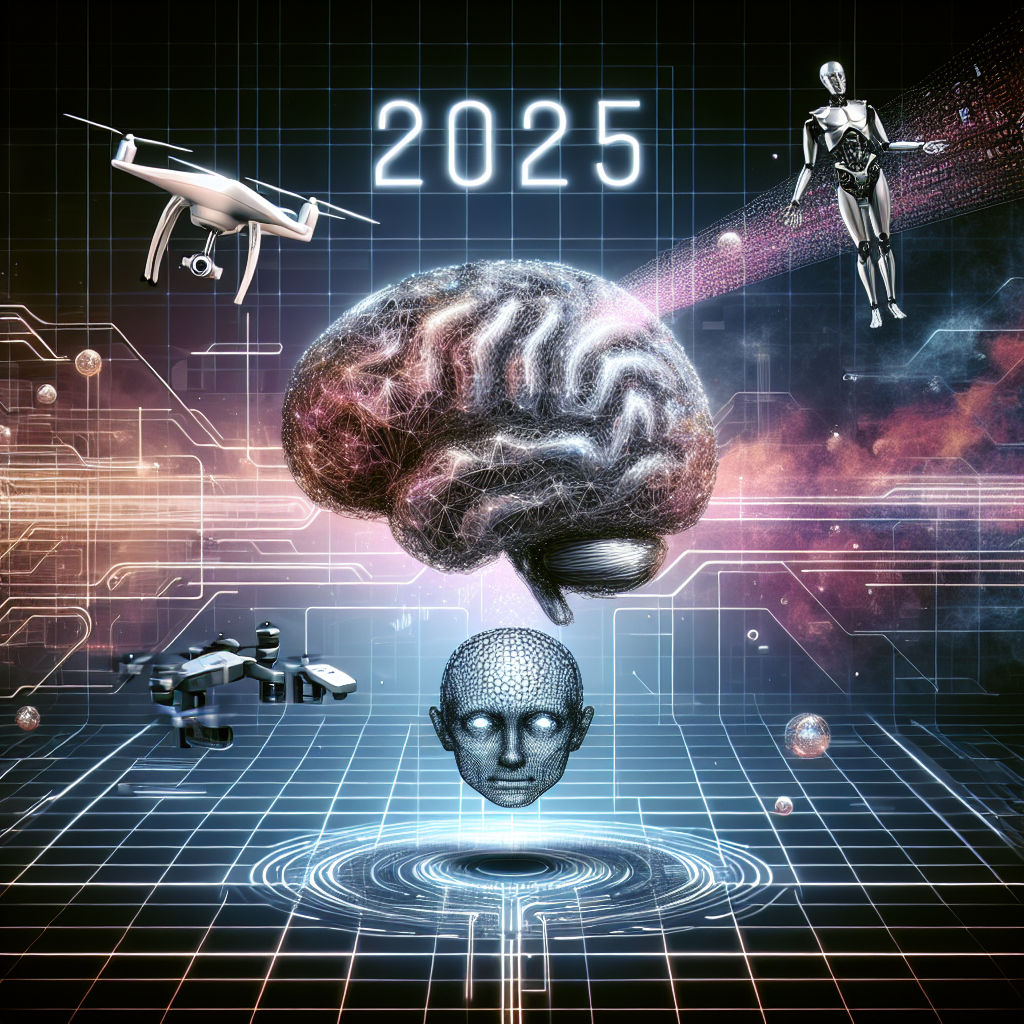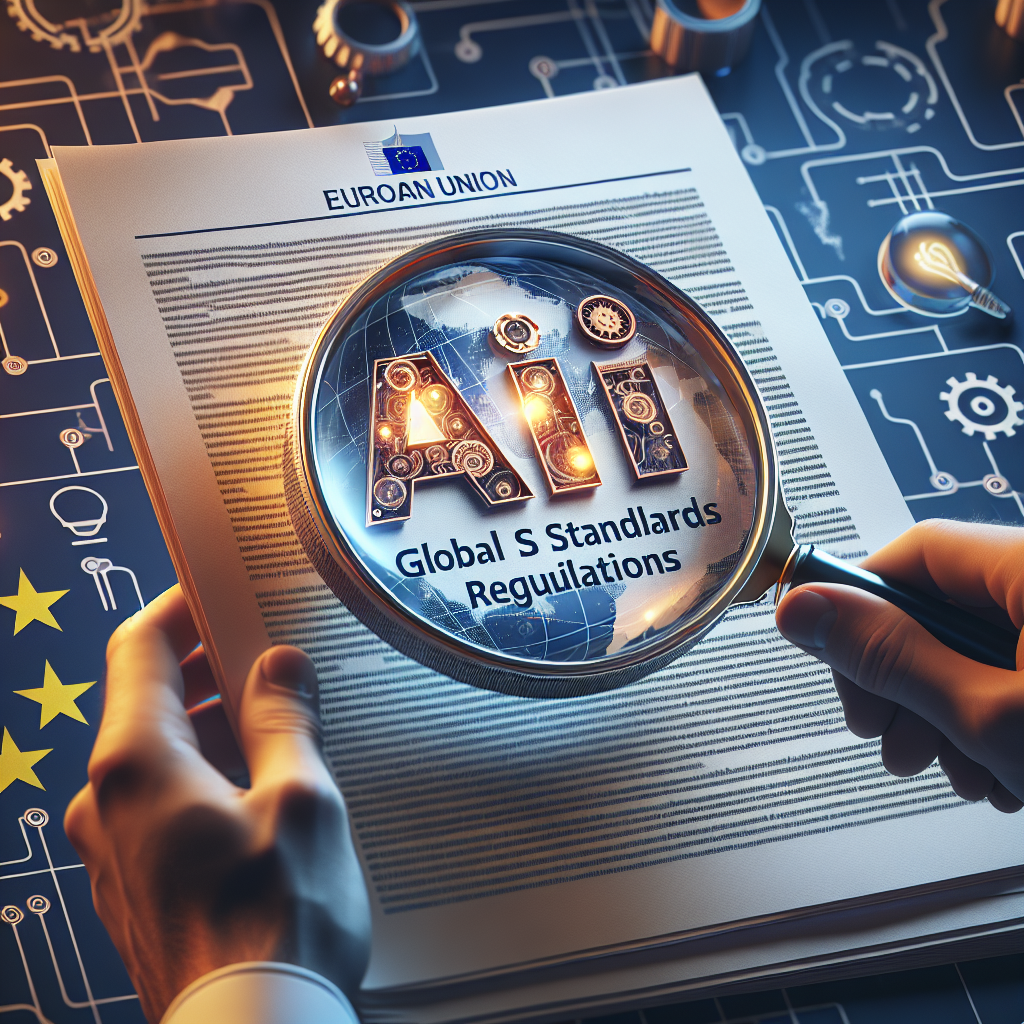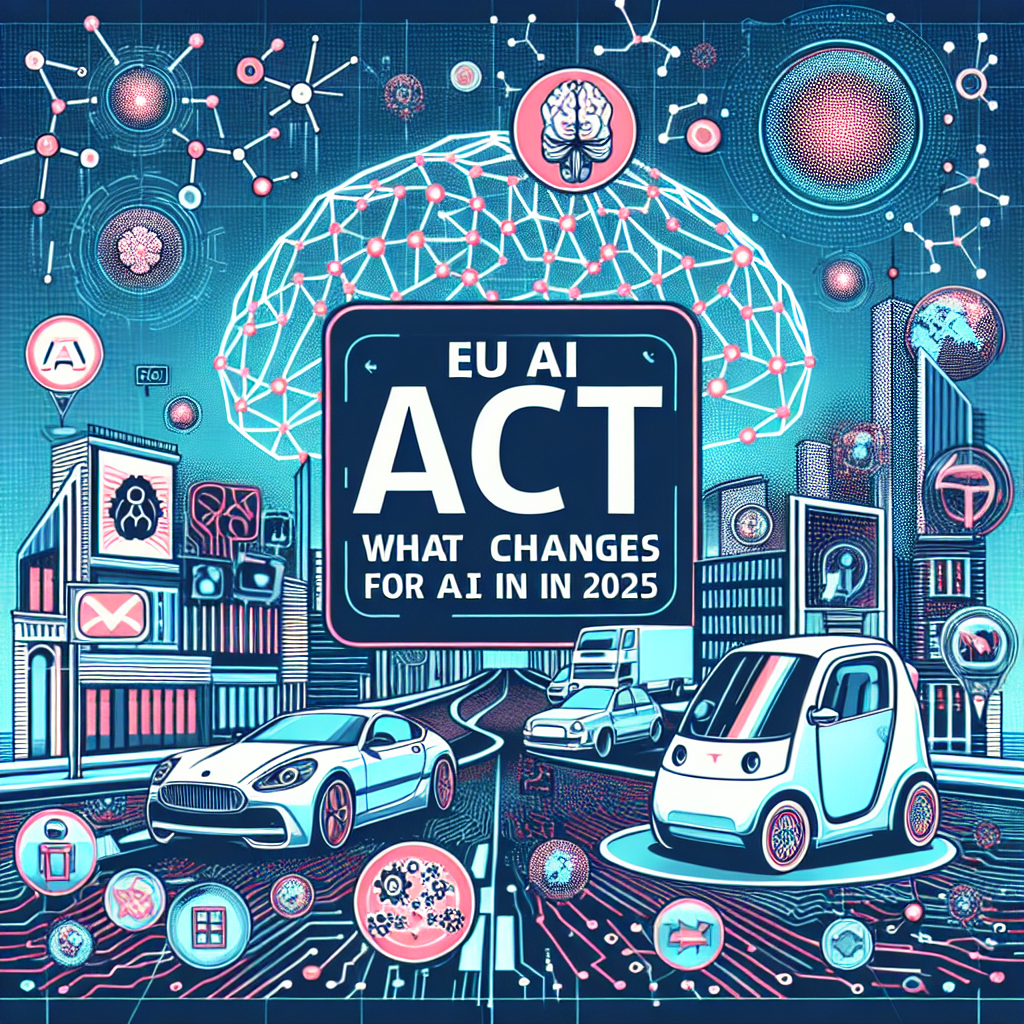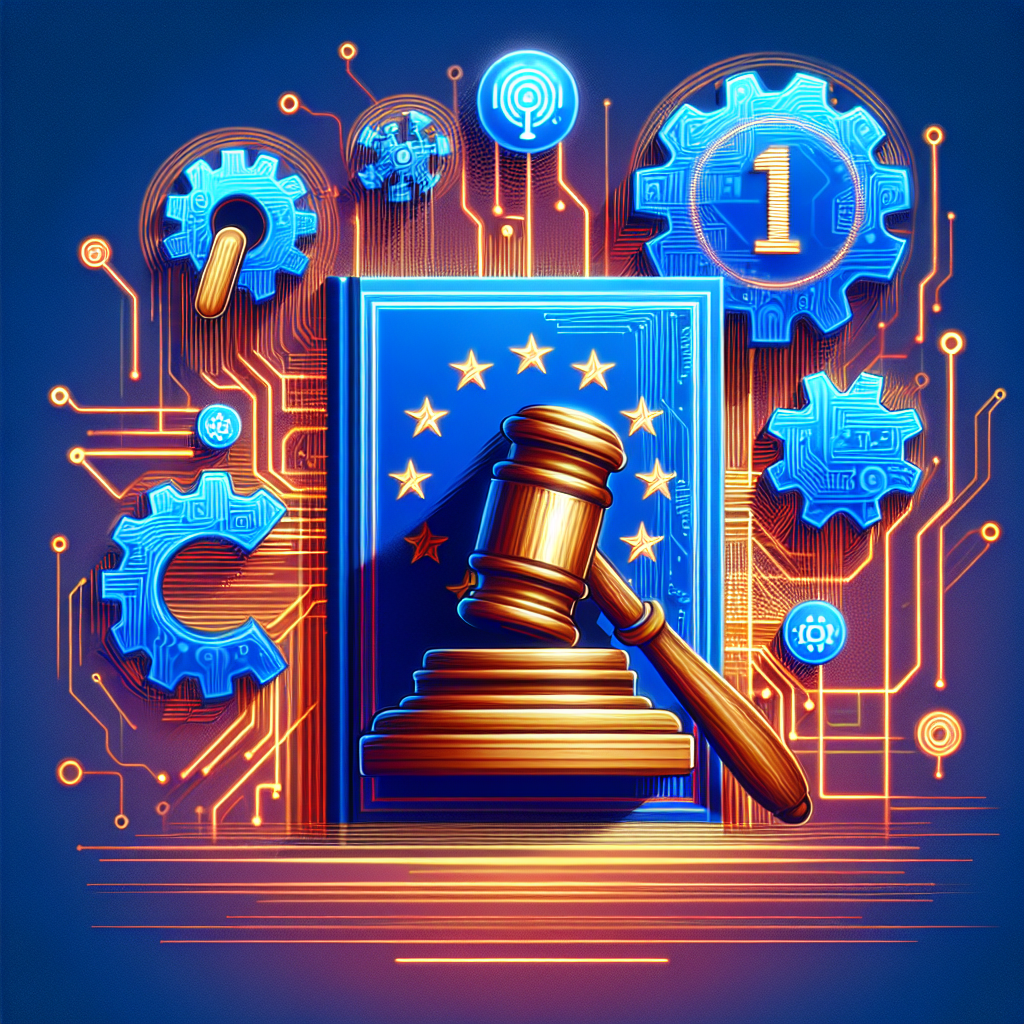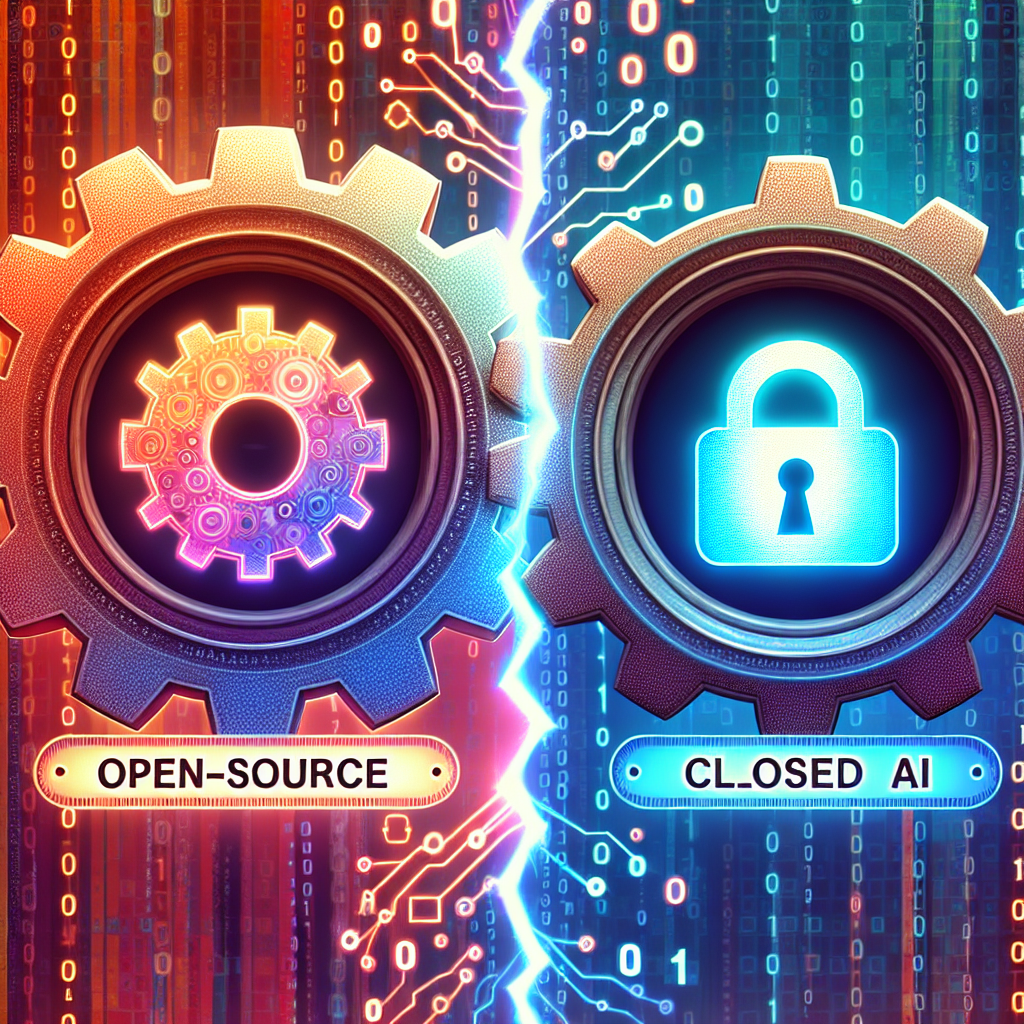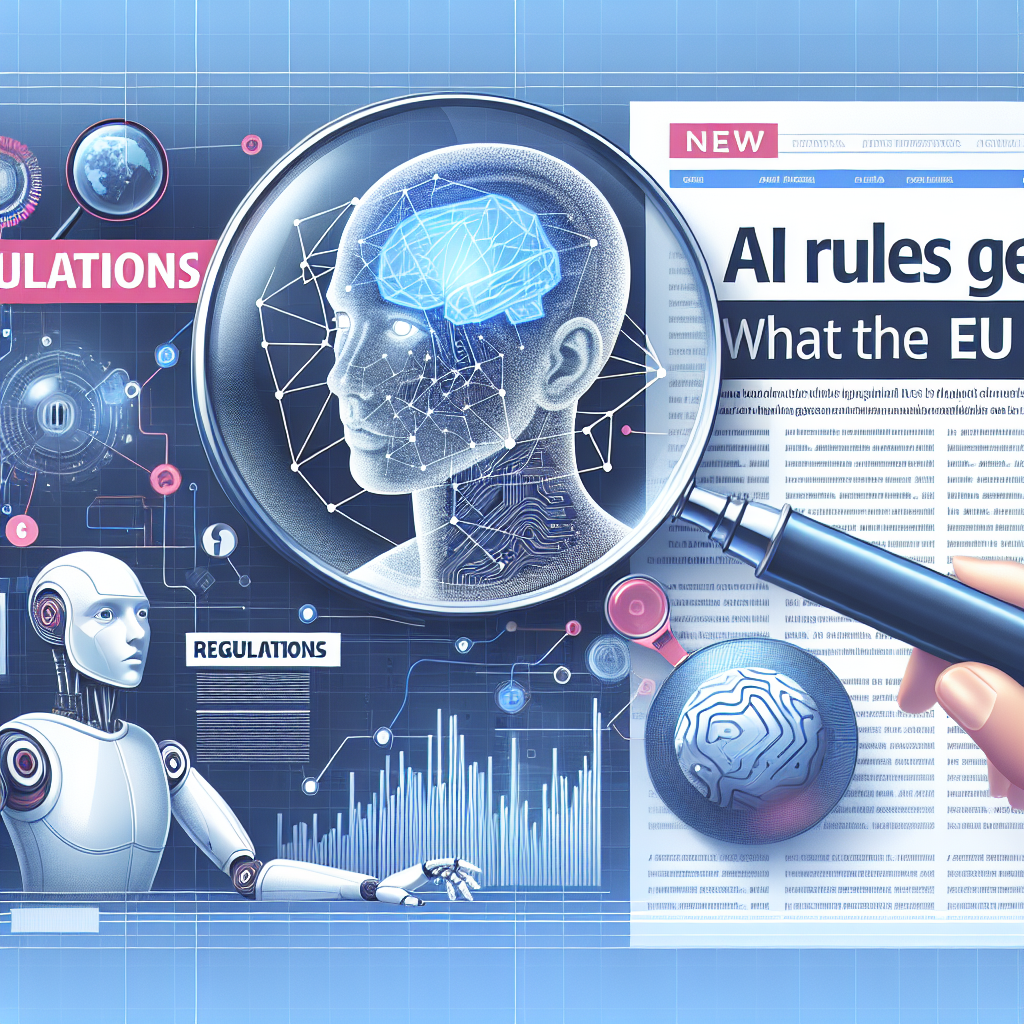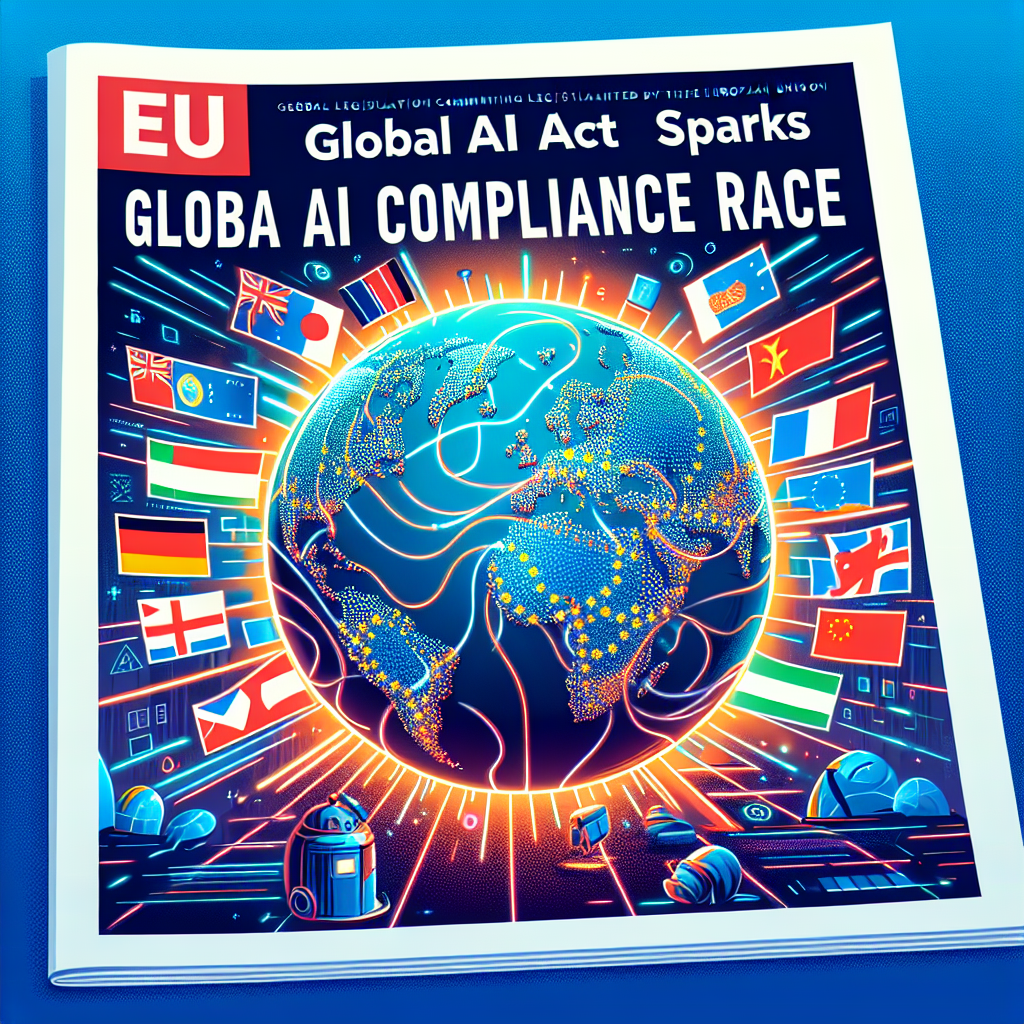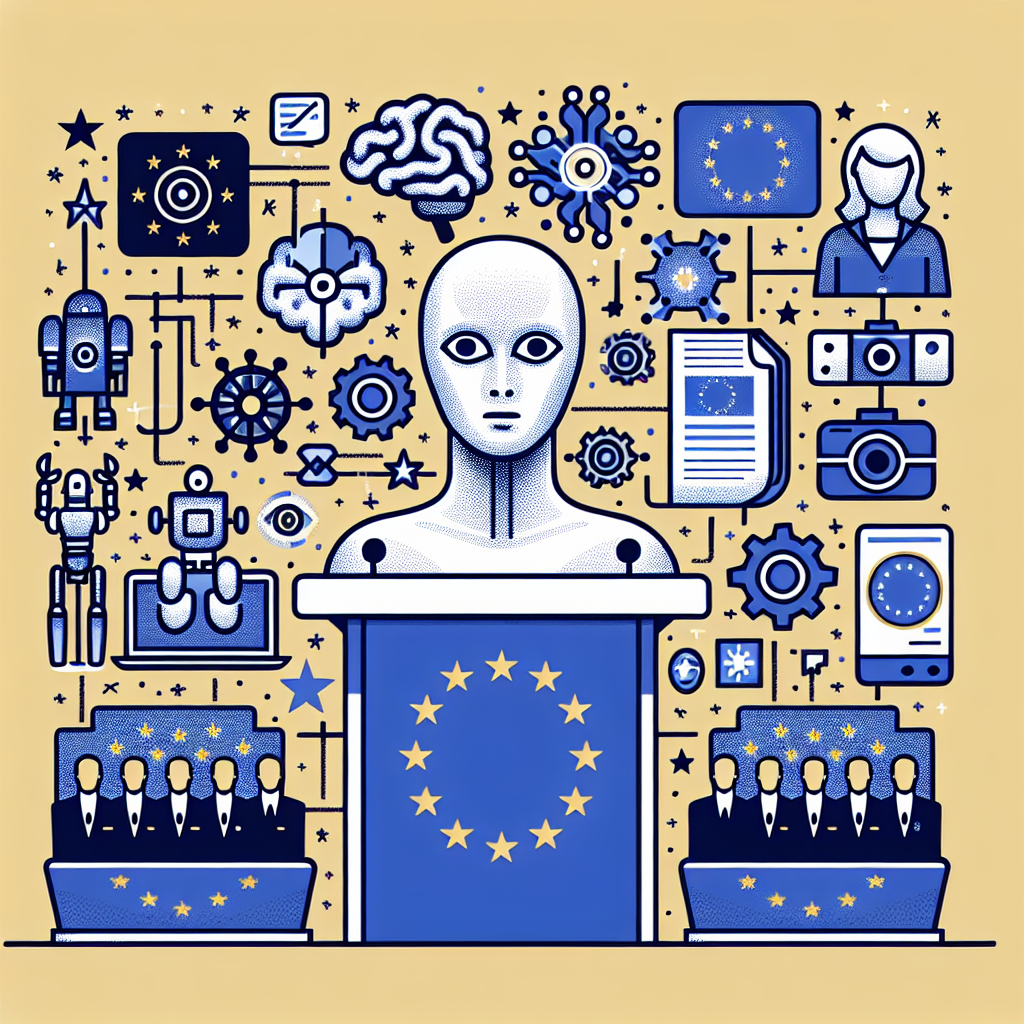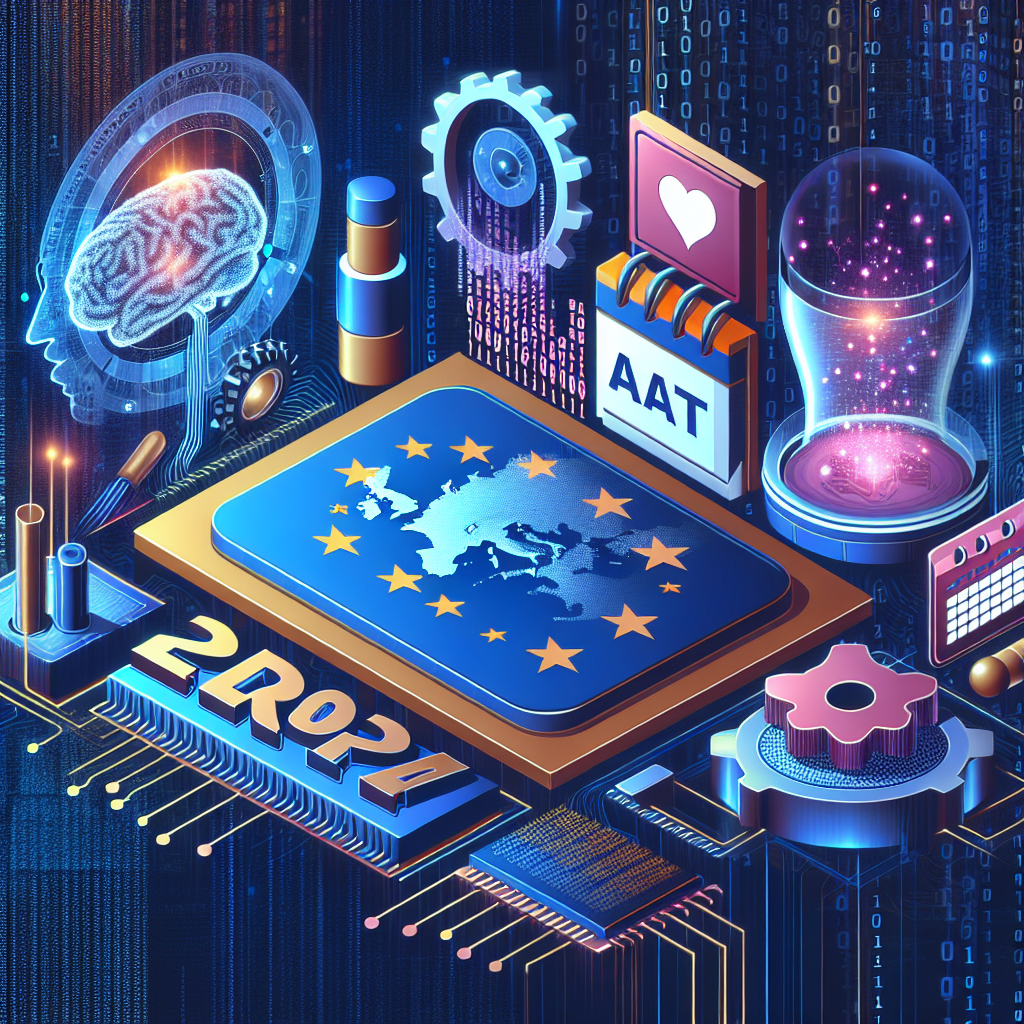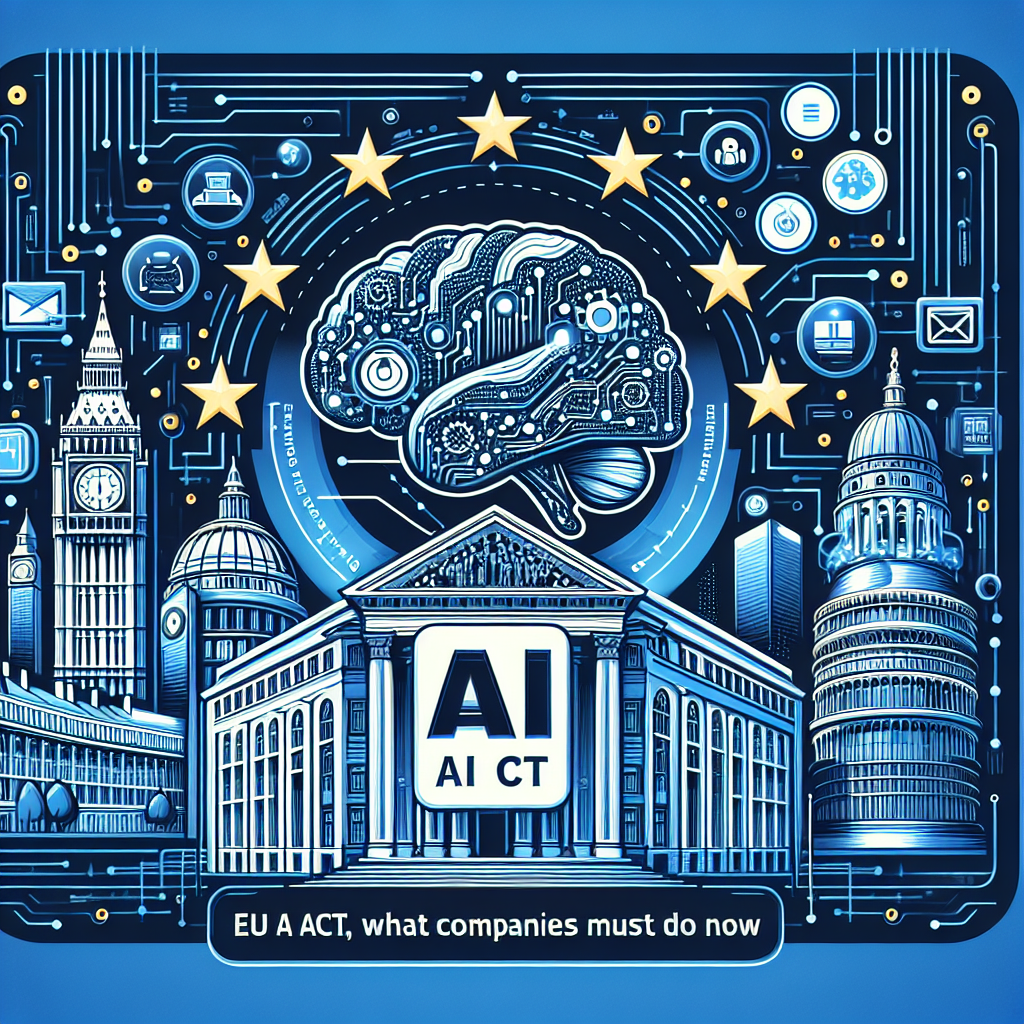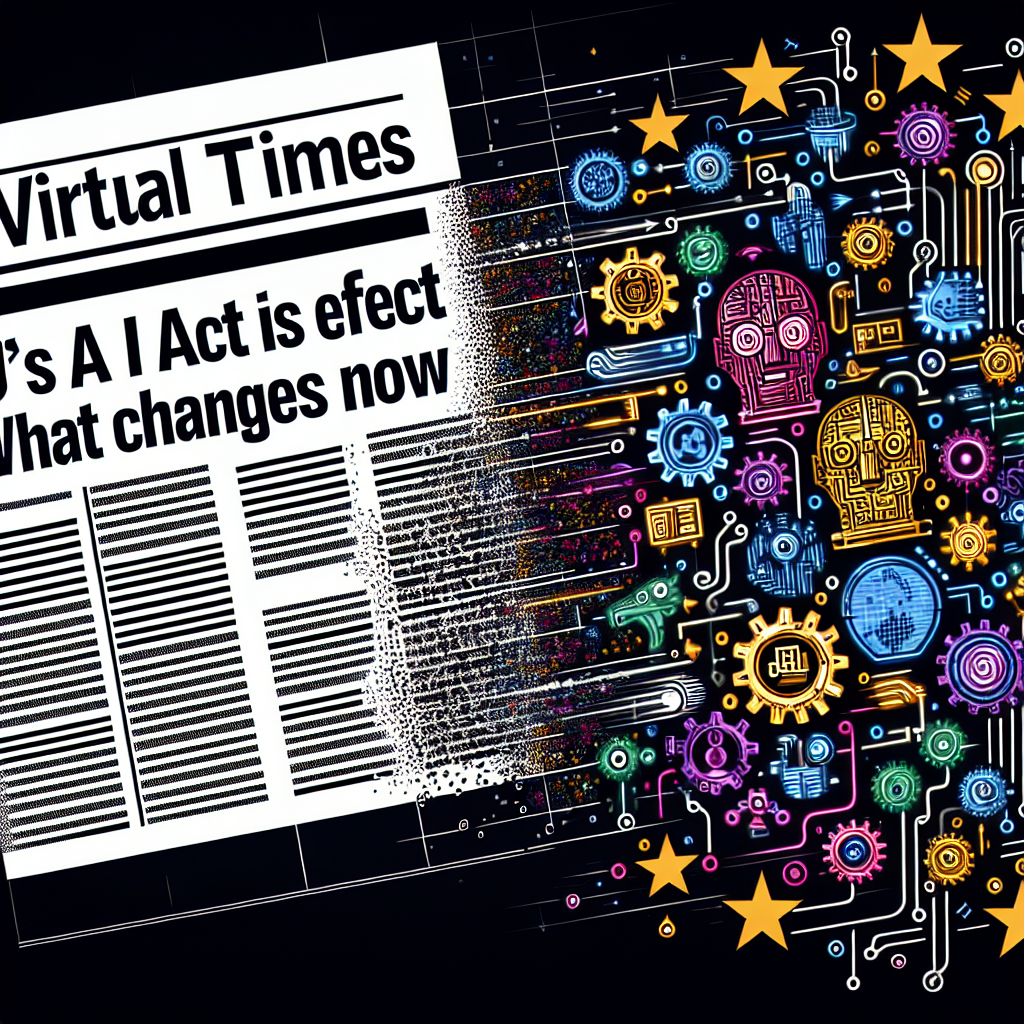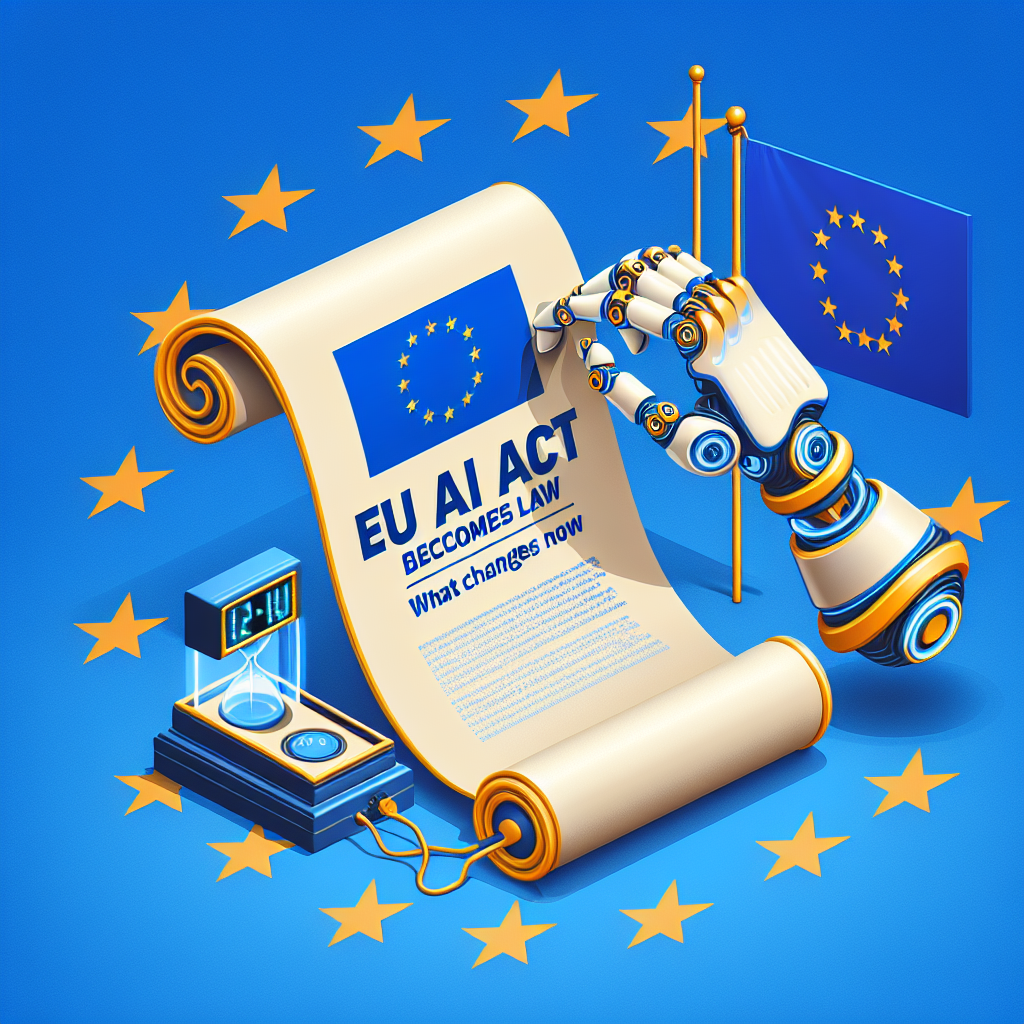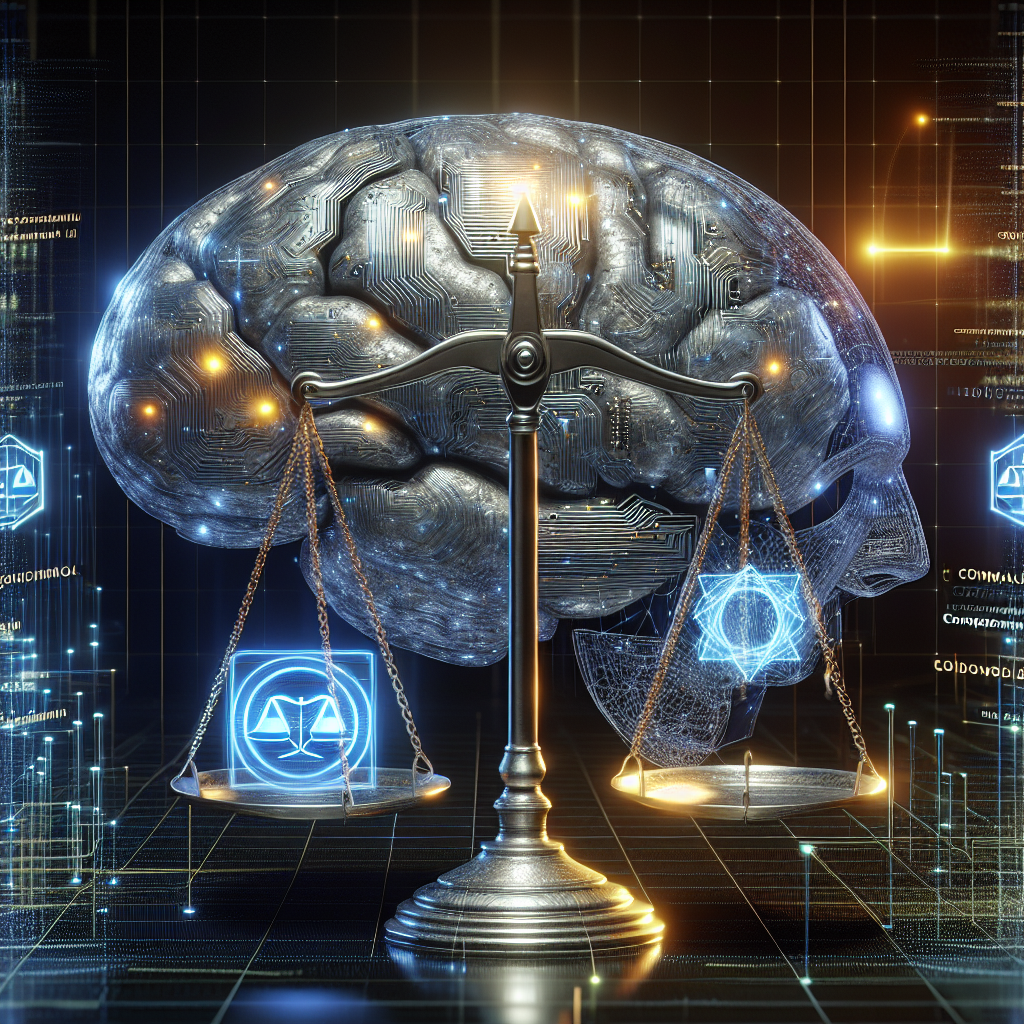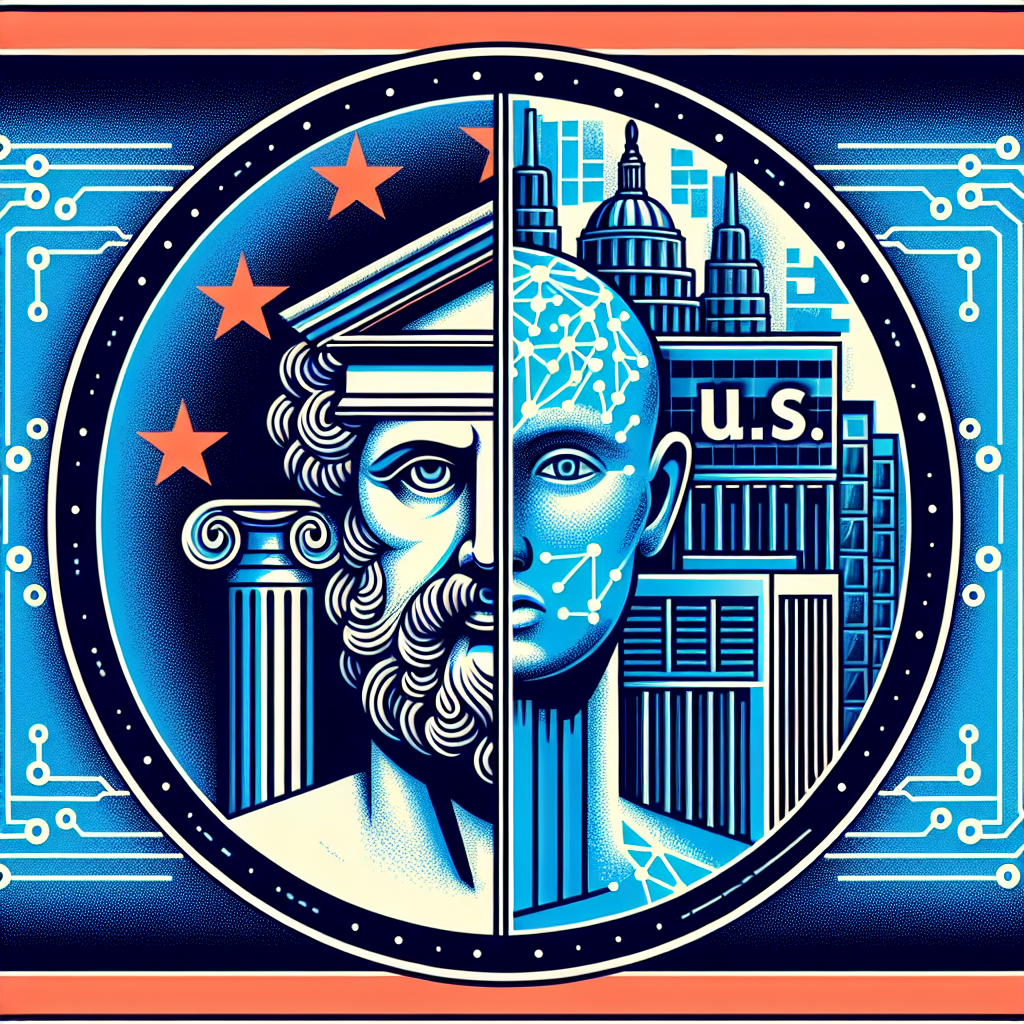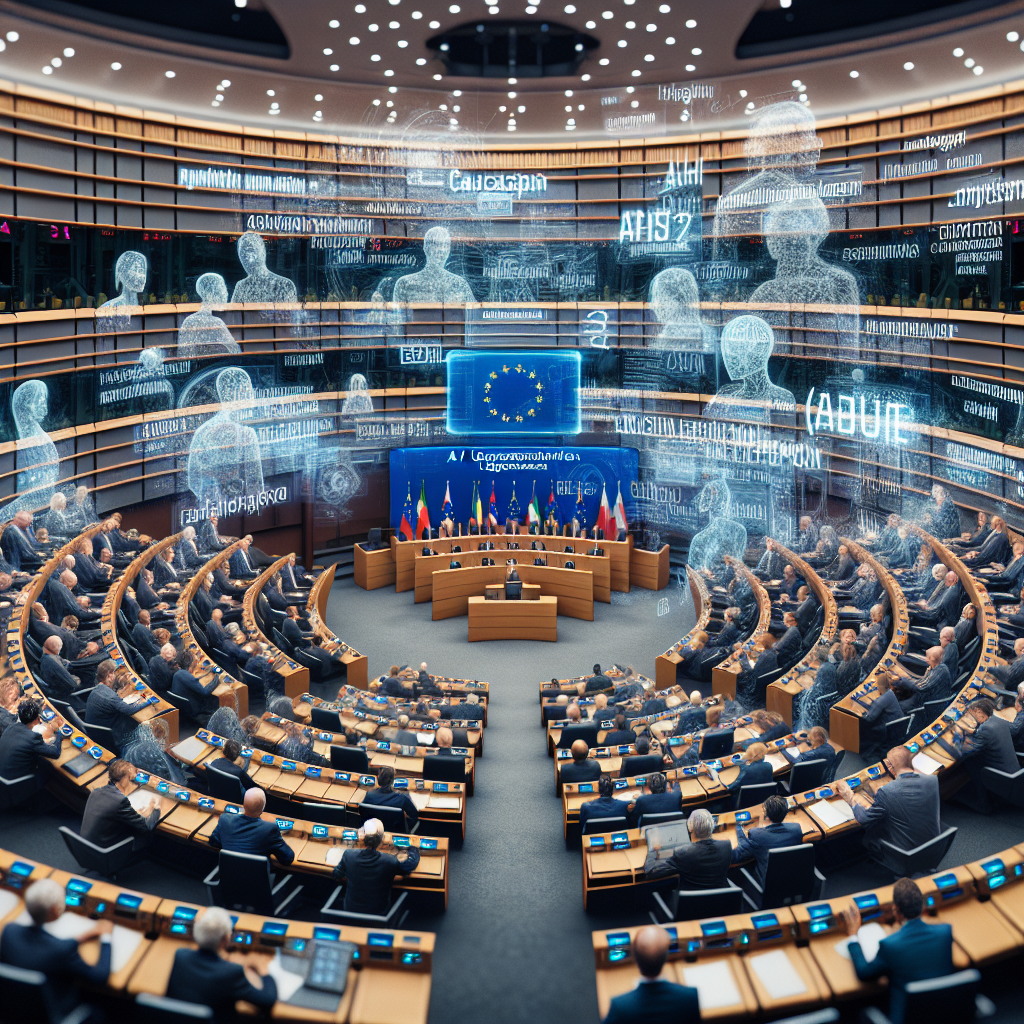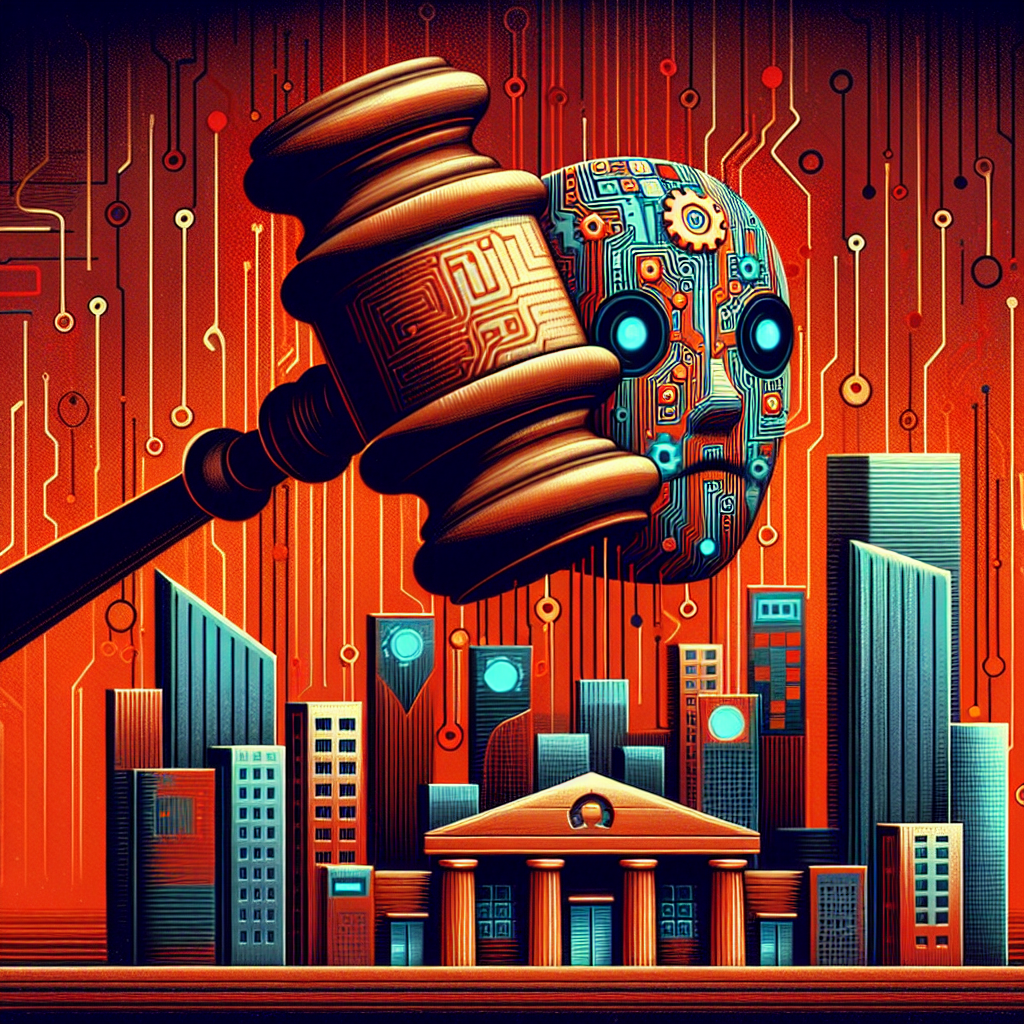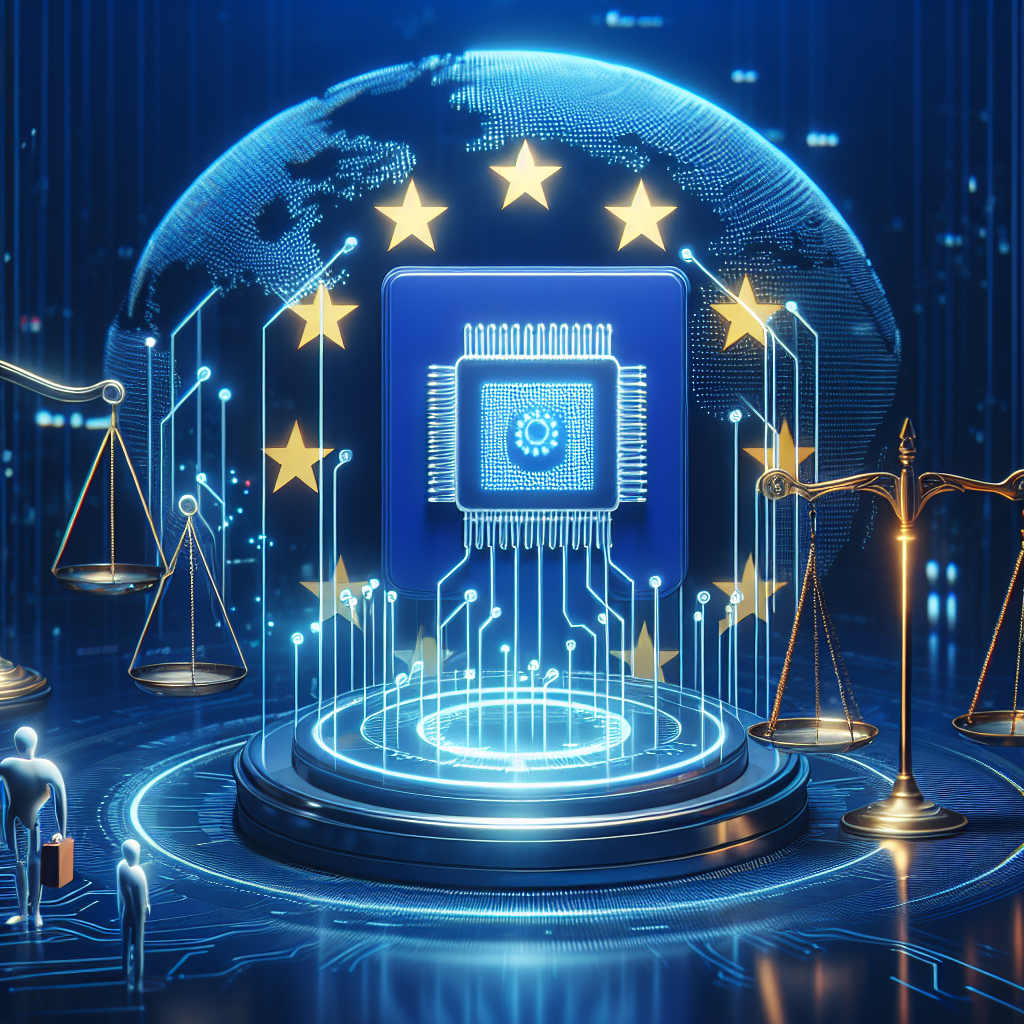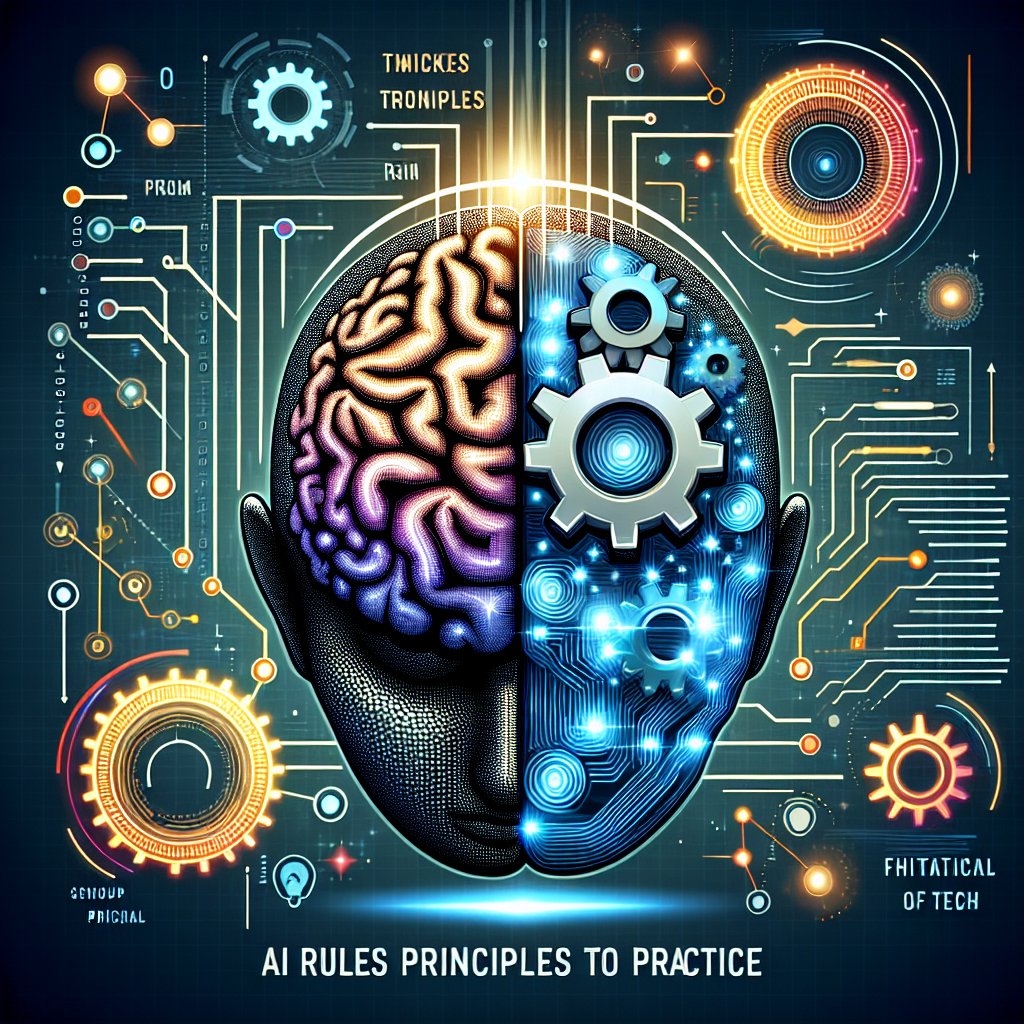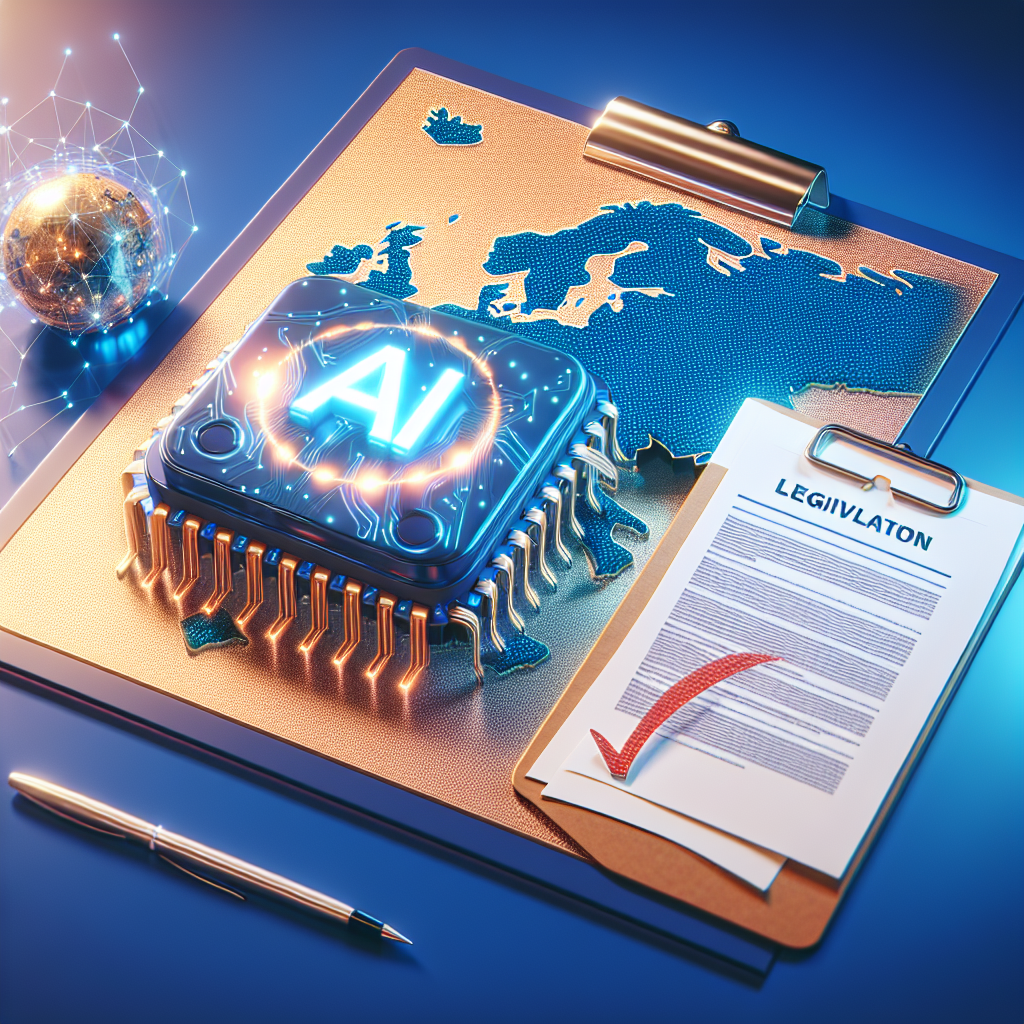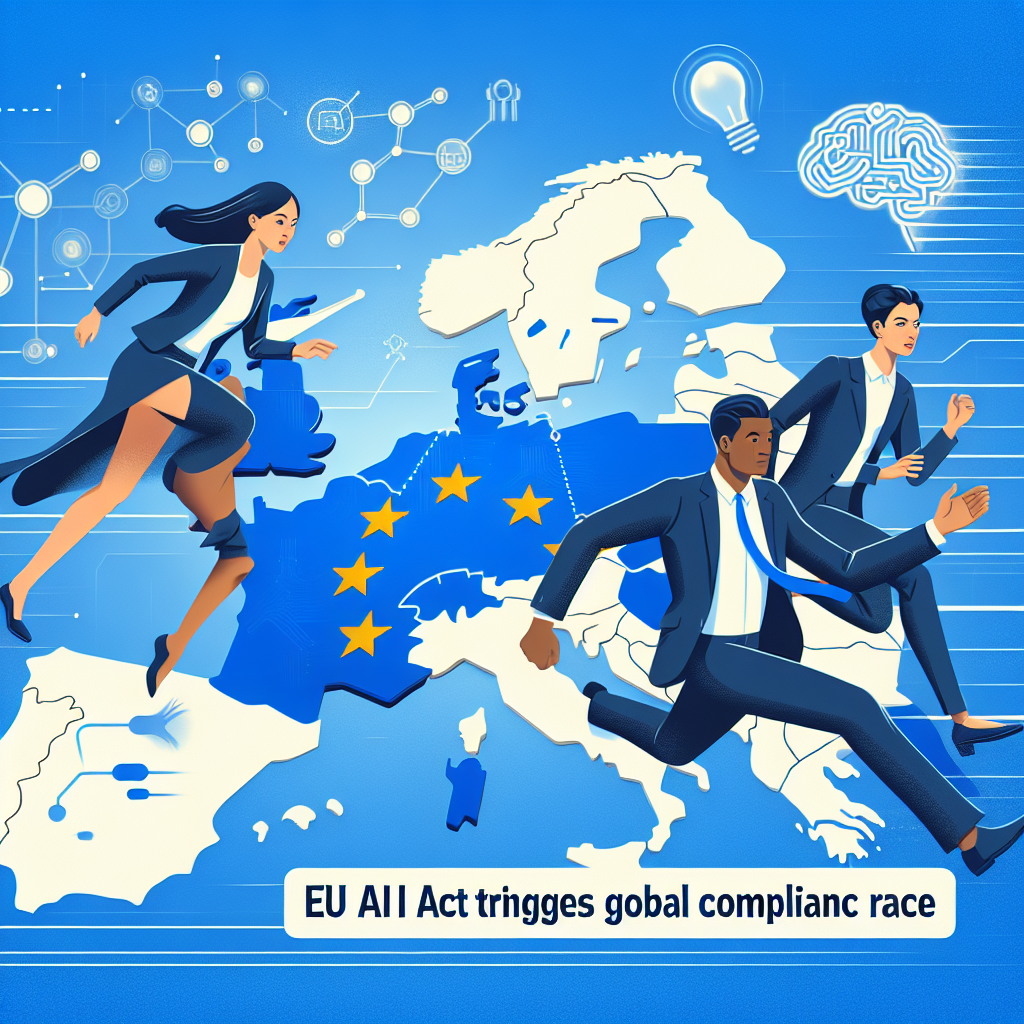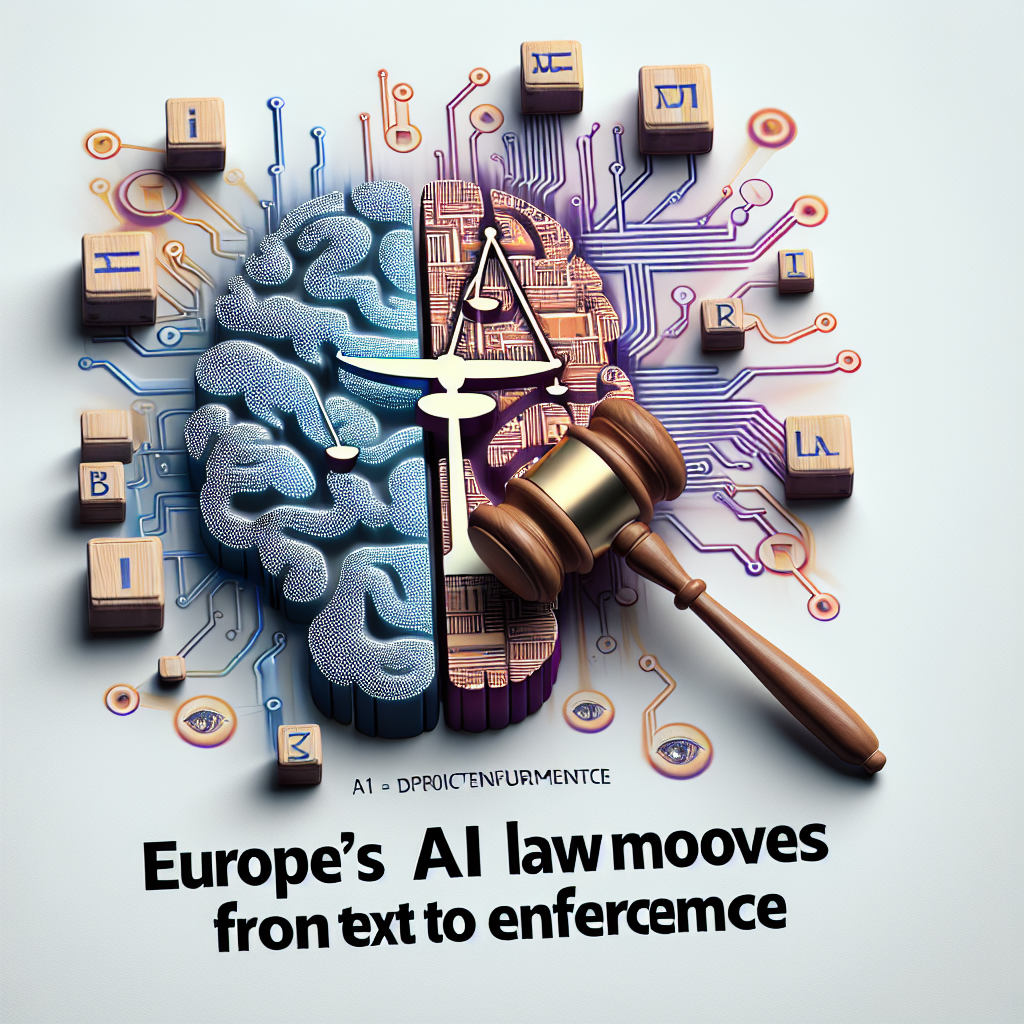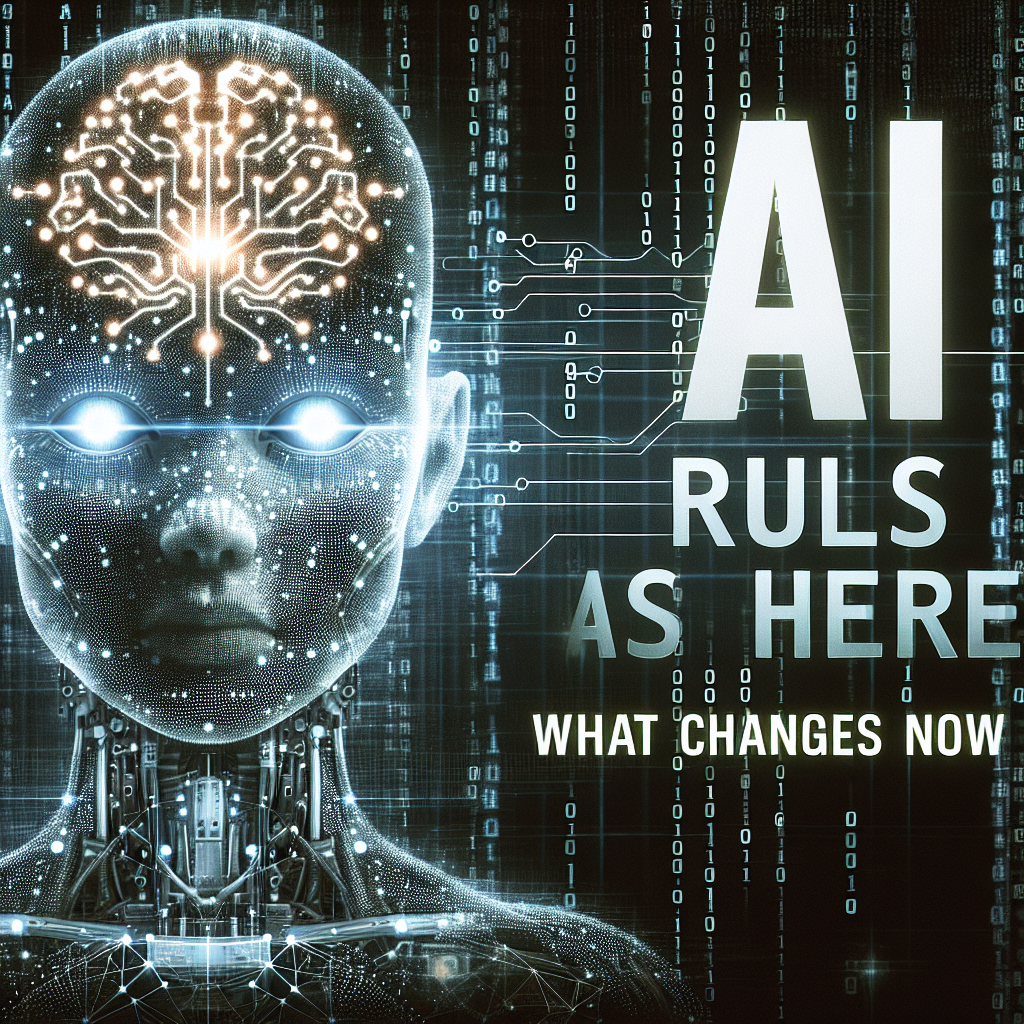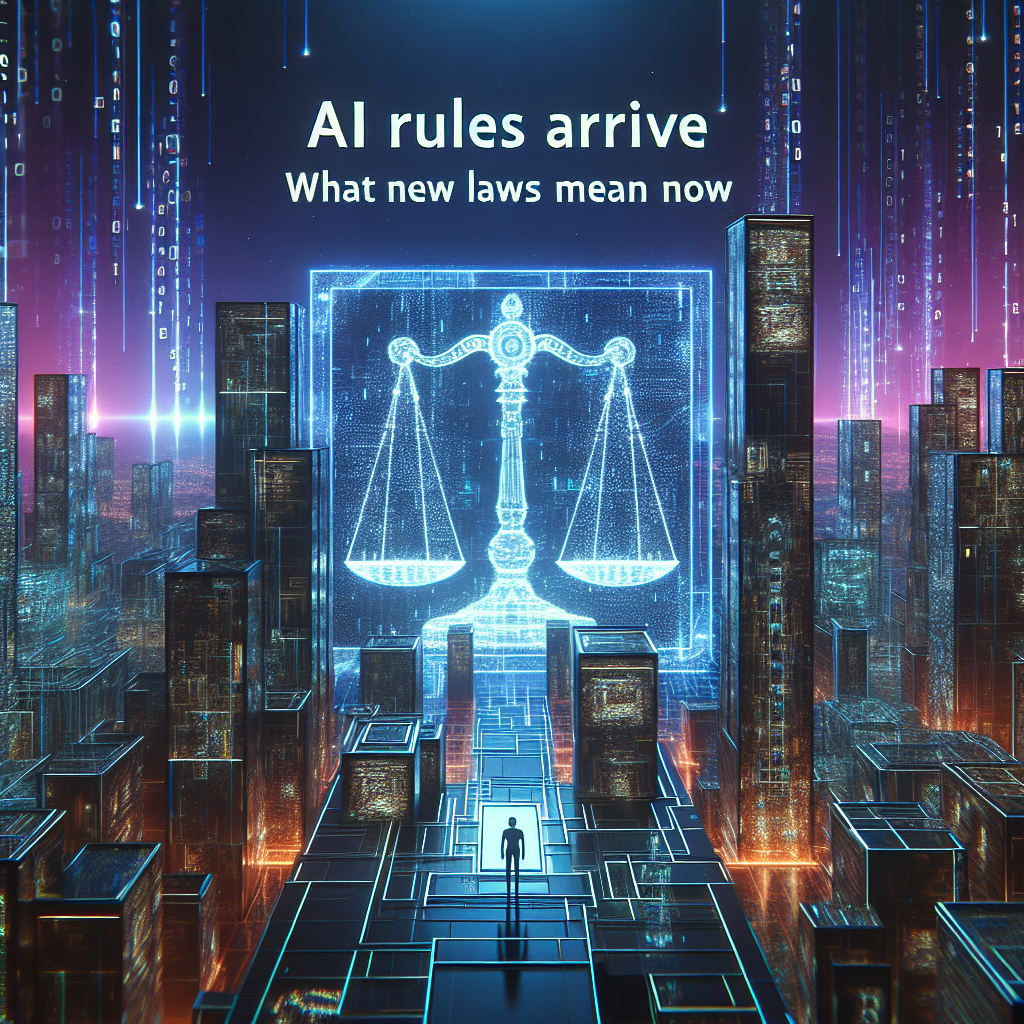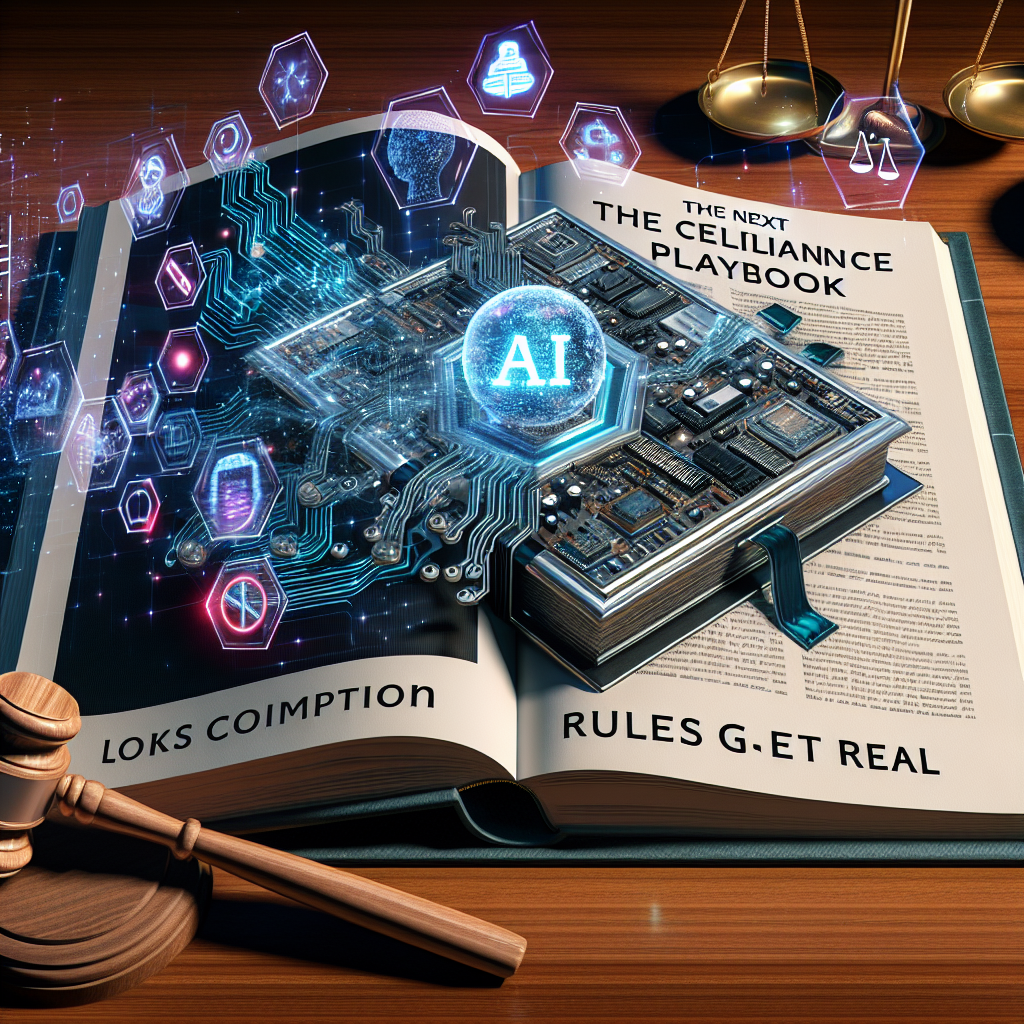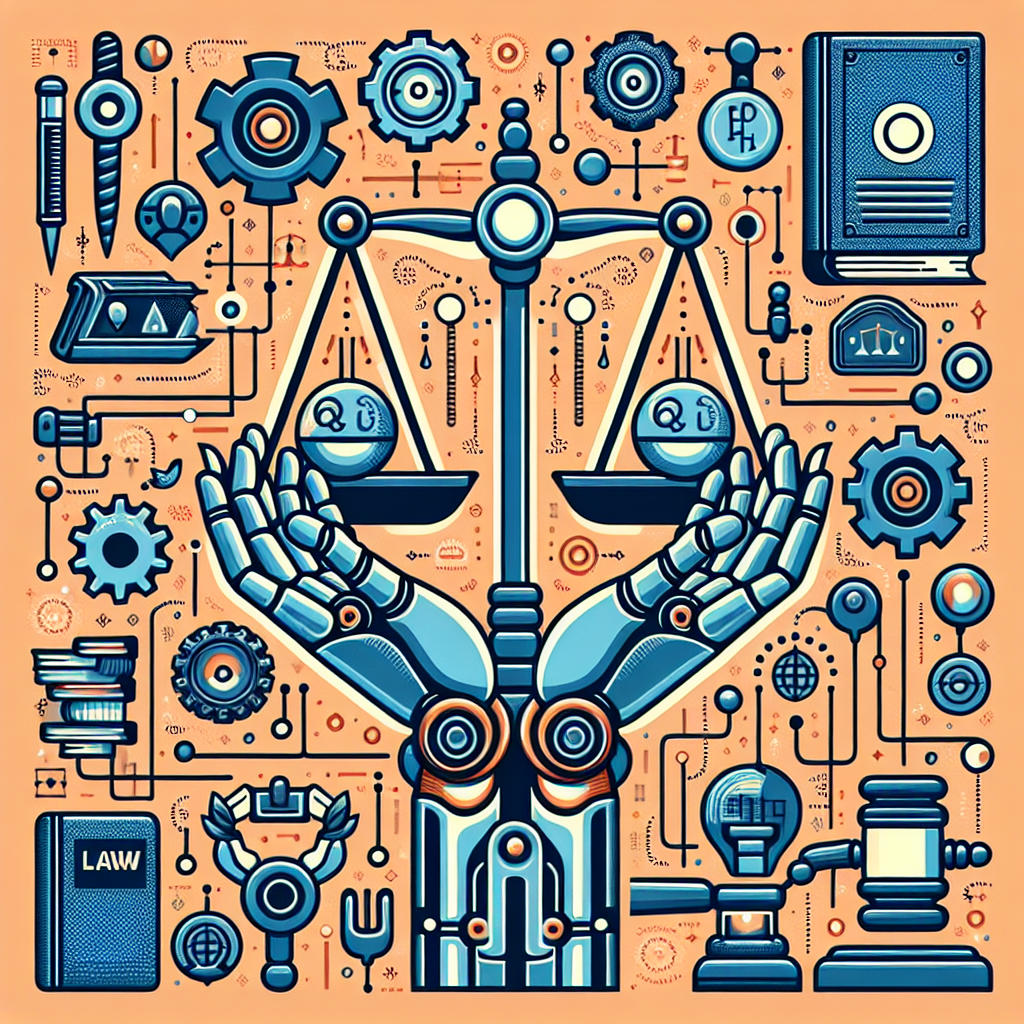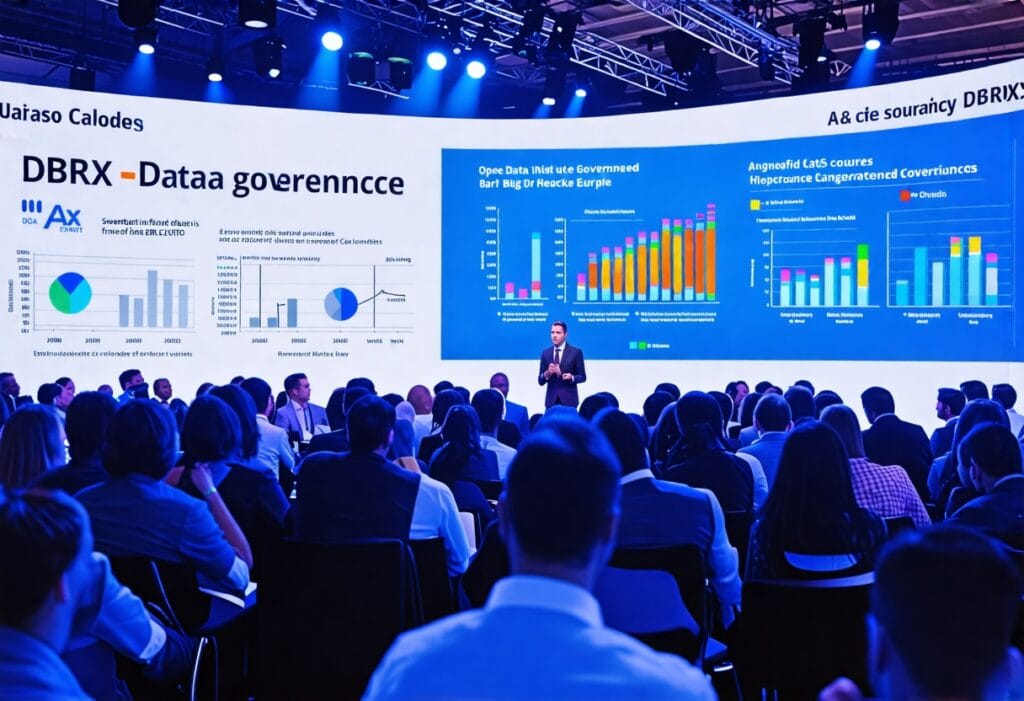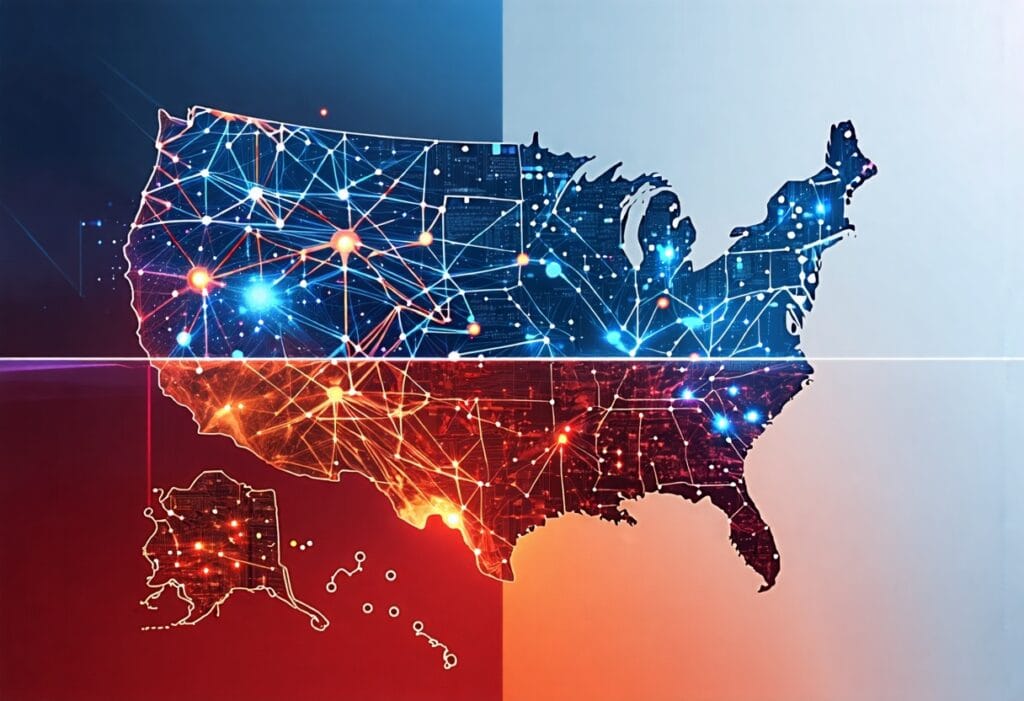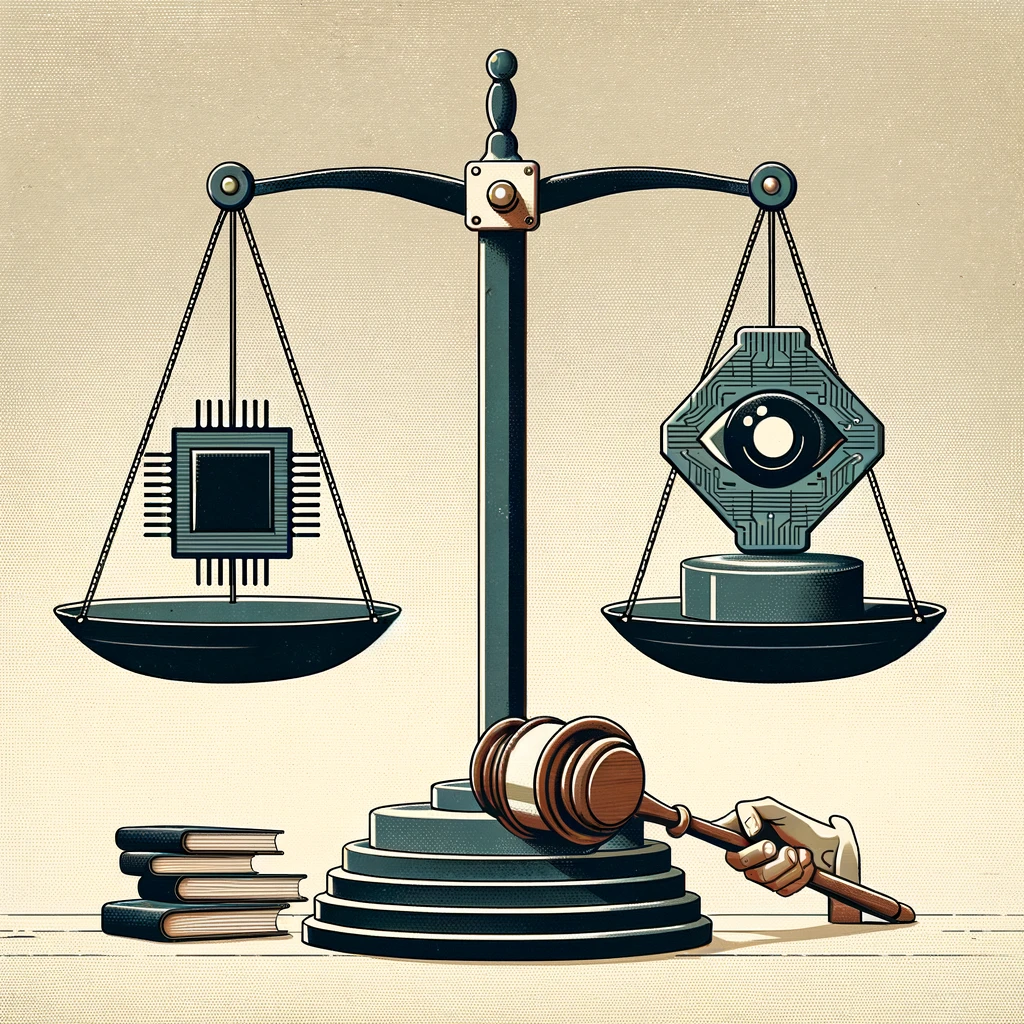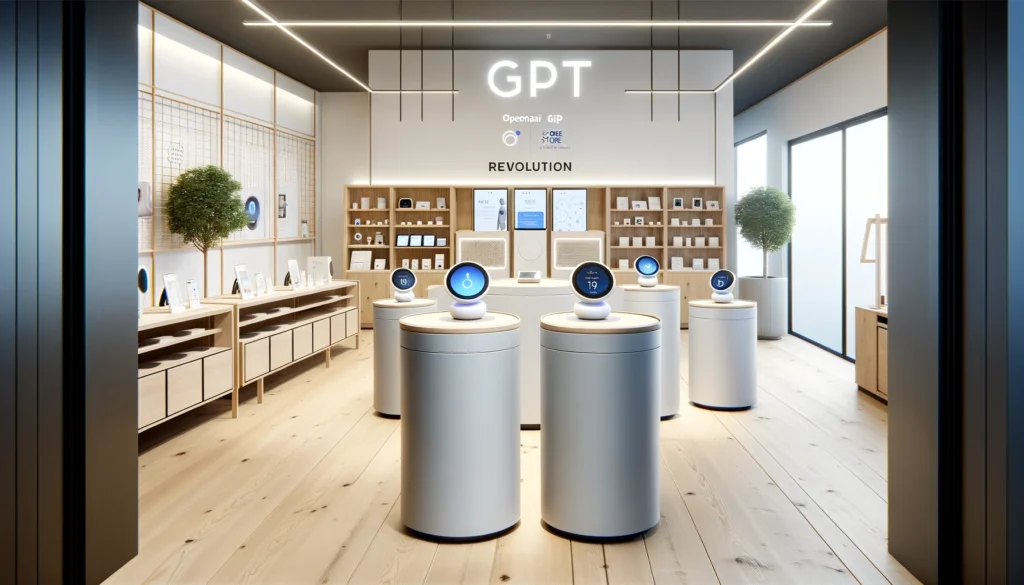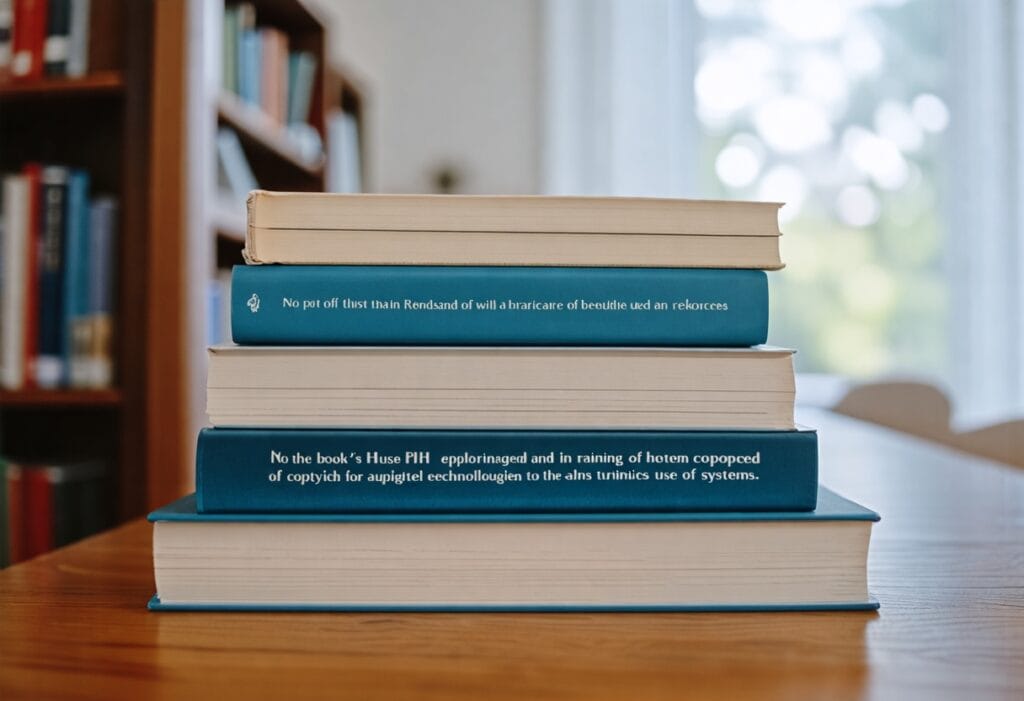AI Rules Take Shape: What New Laws Mean Now
Europe’s AI Act sets the pace
Europe has approved the first broad law for artificial intelligence. The EU AI Act moved from debate to reality in 2024. It will take effect in phases over the next two years. The goal is simple: protect people while keeping space for innovation. The rules sort AI into risk tiers and set duties for each tier.
The law bans certain uses that lawmakers call “unacceptable risk”. These include social scoring by governments and some uses of biometric data in public spaces. It also creates strict rules for “high-risk” systems, such as AI in hiring, credit, education, and key infrastructure. Providers of such systems must meet standards for data quality, risk management, documentation, and human oversight. Lower tiers, named “limited” and “minimal” risk, face lighter transparency steps.
Europe’s law also touches so-called general-purpose models, the engines behind many chatbots and image tools. Providers will have to share technical information with downstream users, provide documentation, and respect copyright safeguards. Stronger duties may apply to the largest models that could pose systemic risks. The exact thresholds and tests will be shaped by guidance in the coming months.
United States: a patchwork guided by safety standards
The United States does not have a single federal AI law. Instead, it relies on agency rules, guidance, and an executive order. In October 2023, the White House issued an order that calls for “safe, secure, and trustworthy AI”. It directs federal agencies to test powerful models, manage national security risks, and protect consumers and workers.
The National Institute of Standards and Technology (NIST) leads technical work. Its AI Risk Management Framework gives organizations a playbook to assess and reduce risk. It highlights characteristics of “trustworthy AI” such as being “explainable and interpretable” and “secure and resilient”. NIST also launched a U.S. AI Safety Institute to help evaluate advanced models and share testing methods with industry and academia.
At the same time, the White House’s Blueprint for an AI Bill of Rights sets out five principles. These include “Safe and Effective Systems,” “Algorithmic Discrimination Protections,” “Data Privacy,” “Notice and Explanation,” and “Human Alternatives, Consideration, and Fallback.” These are not laws, but they guide agencies and companies on responsible use.
UK and others focus on safety science
The United Kingdom hosted a global summit on AI safety in 2023 and launched the UK AI Safety Institute. The group studies high-end models and shares results with regulators. Many countries are following a similar path. They favor flexible rules, test labs, and public-private research. The shared goal is to learn how to measure risk and prove safety before wide deployment.
International forums are also active. The G7 has run a code of conduct for advanced AI developers. The OECD and the Council of Europe are updating guidance on risk and rights. These efforts are not binding like a law. But they help align language and metrics across borders.
What changes for companies
For developers and users, compliance means new habits and more records. Many firms already publish model cards and safety notes. The new rules make those steps more formal and, in some cases, mandatory.
- Risk assessments: Identify harms, from bias to security failures, and document mitigations.
- Data governance: Track training data sources. Control quality and address gaps or bias.
- Human oversight: Keep people in the loop for important decisions. Build clear escalation paths.
- Transparency: Label AI content when needed. Provide instructions and limitations to users.
- Monitoring and incident reporting: Watch for problems after release. Report serious incidents to authorities when required.
Startups worry about cost and pace. Large firms can hire auditors and lawyers. Small teams cannot. Europe’s law includes sandboxes and support programs. The idea is to help smaller players comply without slowing them to a halt. How well this works will be tested as deadlines arrive.
What it means for people
For the public, the rules aim to reduce hidden harms. That includes unfair denials of loans, biased job screening, and invasive surveillance. In the EU, people will have more visibility into how high-risk systems work. They will also have channels to challenge some automated decisions.
Consumer groups welcome the clarity. They say plain language notices and appeal rights are overdue. But they warn that enforcement is vital. Without audits and fines, paper promises will not change outcomes.
Disputes over biometrics and creative content
Debate continues on where to draw lines. Privacy advocates want tighter limits on face recognition and emotion analysis. Some law enforcement officials argue for narrow exceptions in serious cases. Europe’s law allows limited exceptions under strict conditions. Critics fear those carve-outs could expand over time.
Copyright is another battleground. Newsrooms, authors, and artists argue that scraping creative work for training is unfair without a license. AI firms say training qualifies as lawful use in many places and that new tools will benefit society. Several lawsuits in the United States and Europe will shape how courts view training data, fair use, and opt-out signals. The EU regime will require providers to document training data sources at a high level and to respect opt-outs under EU text and data mining rules. More detail will come in implementing acts.
Energy and compute pressures
Training and running large models demand heavy compute and power. Grid planners and data center operators warn of rising electricity needs. Efficiency gains, better chips, and smarter scheduling can help. But growth in demand is steady. Policymakers are starting to link AI strategies with energy and climate plans.
What to watch next
- EU timelines: Bans on the most harmful uses arrive first. Obligations for high-risk systems follow. General-purpose model duties will phase in with guidance on testing and reporting.
- US agency rules: Expect more sector rules in finance, health, transportation, and government procurement.
- Safety testing: Institutes in the UK and US will publish methods to stress-test advanced models.
- Court rulings: Decisions on copyright and data use could reshape how models are trained.
- Global coordination: Forums will try to align definitions, benchmarks, and audit routes.
Expert views and sourcing
Standards bodies stress measurement. As NIST’s framework notes, systems should be “explainable and interpretable” and “secure and resilient.” The White House order calls for “safe, secure, and trustworthy AI.” The EU model divides risk into “unacceptable,” “high,” “limited,” and “minimal” tiers. These phrases come from official documents and show where policymakers agree: test systems, reduce risk, and tell people when AI is in use.
The bottom line
AI rules are moving from slogans to specifics. Europe has a landmark law. The United States is building a web of standards and agency actions. The United Kingdom and others are investing in safety science. Companies face new duties. People should see clearer notices, better safeguards, and more options to contest automated decisions. The next 24 months will show whether these promises hold up in practice.































